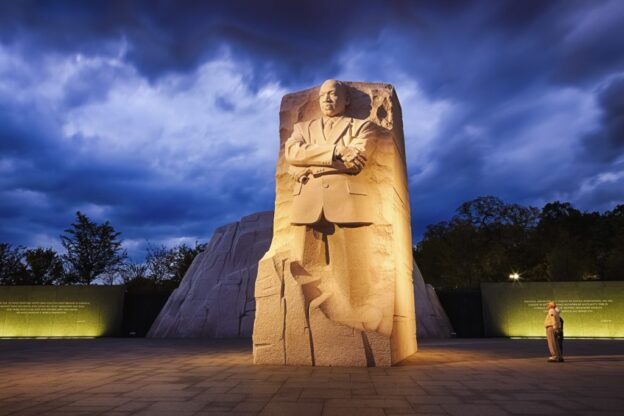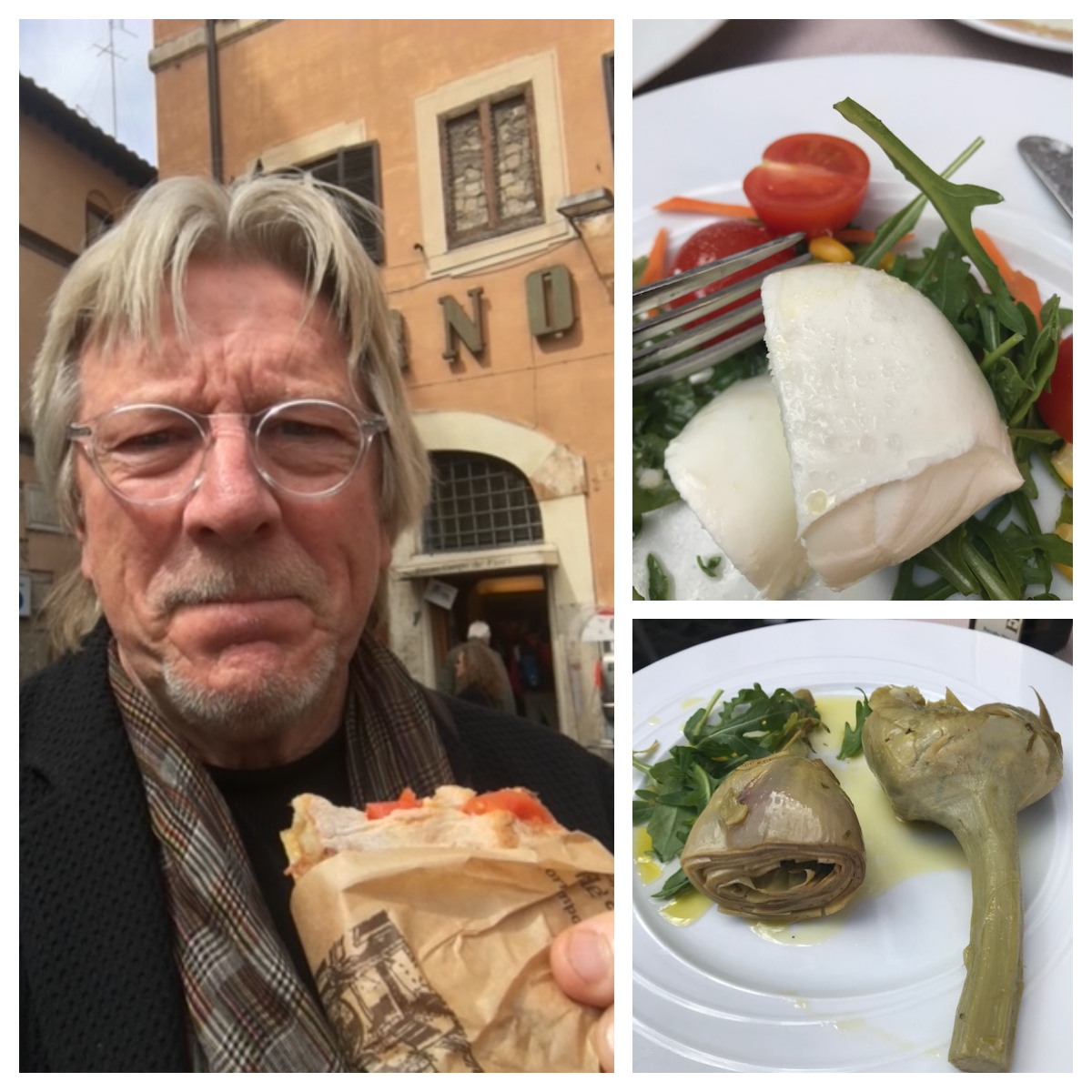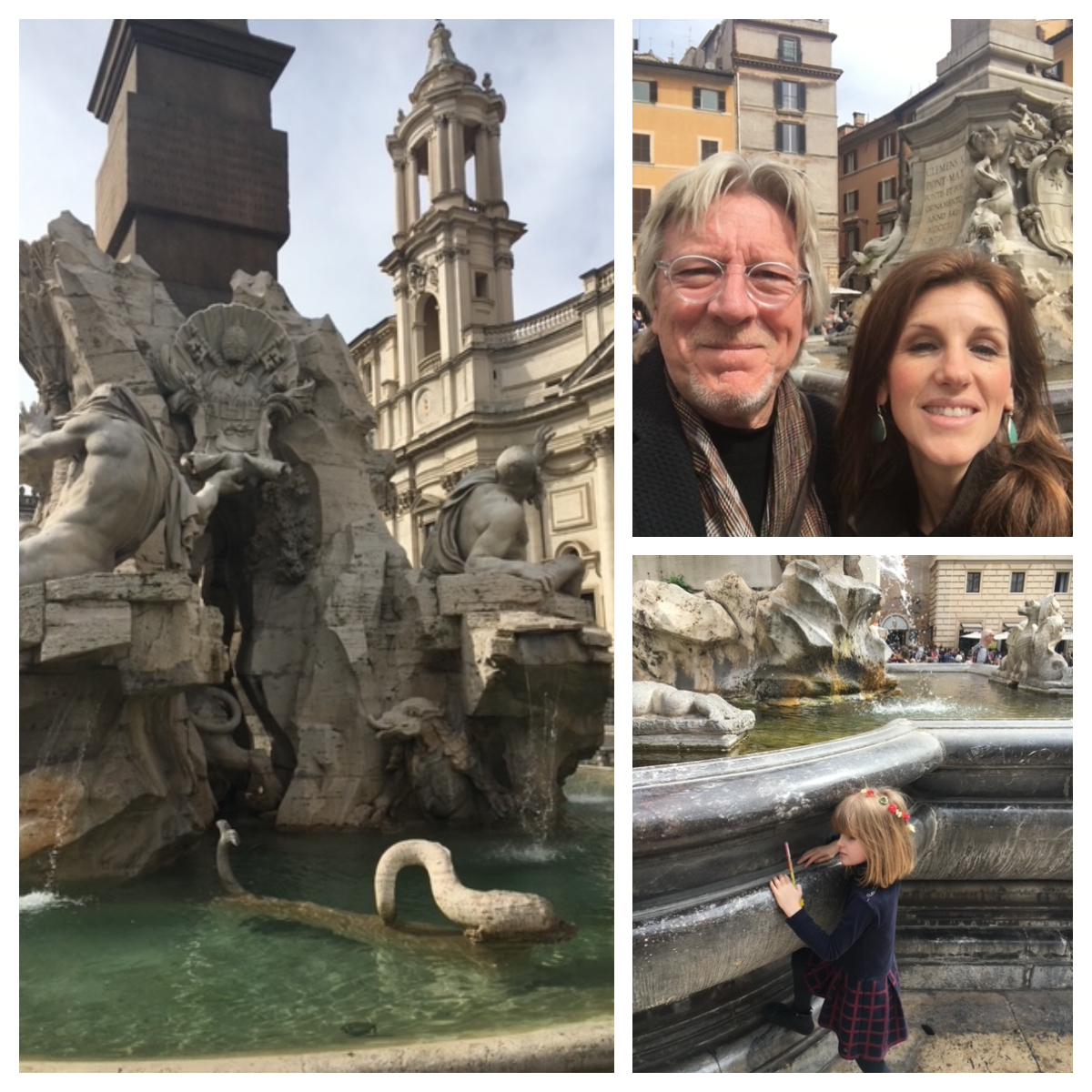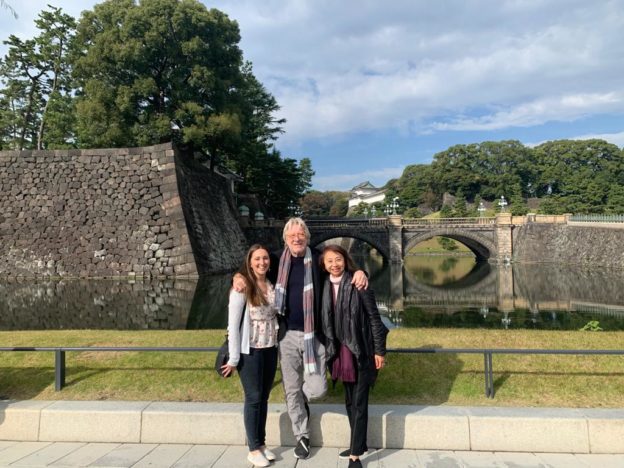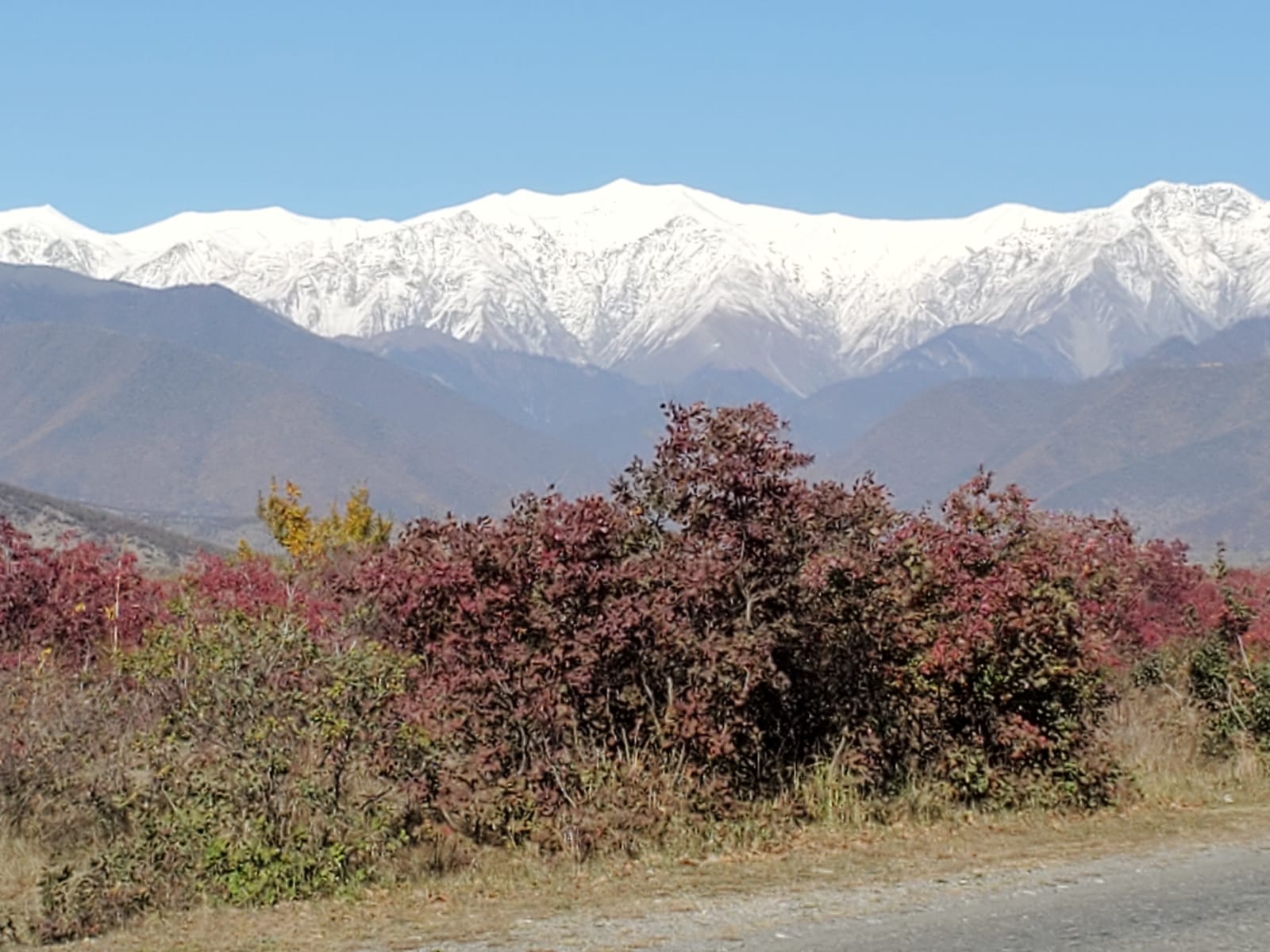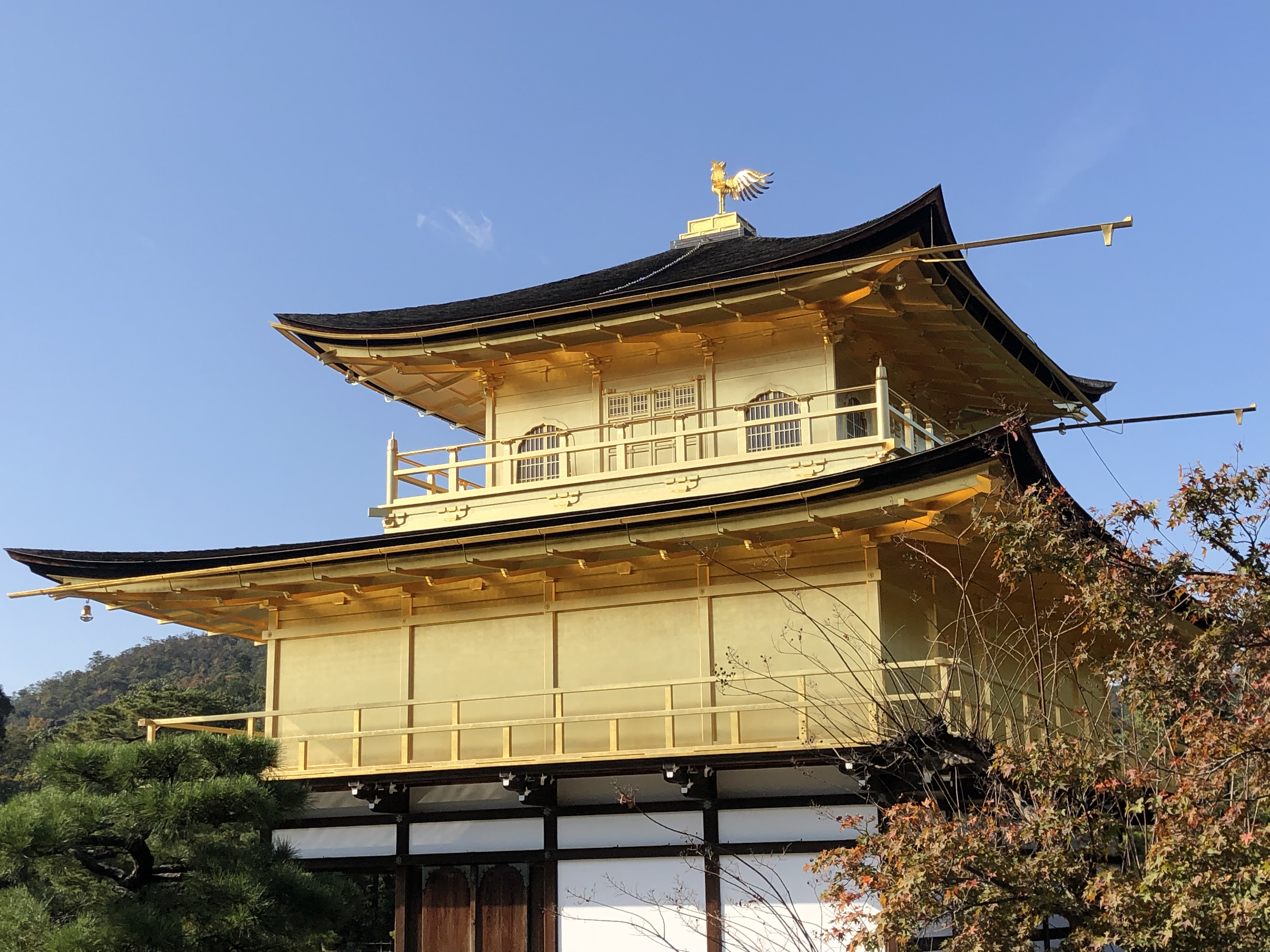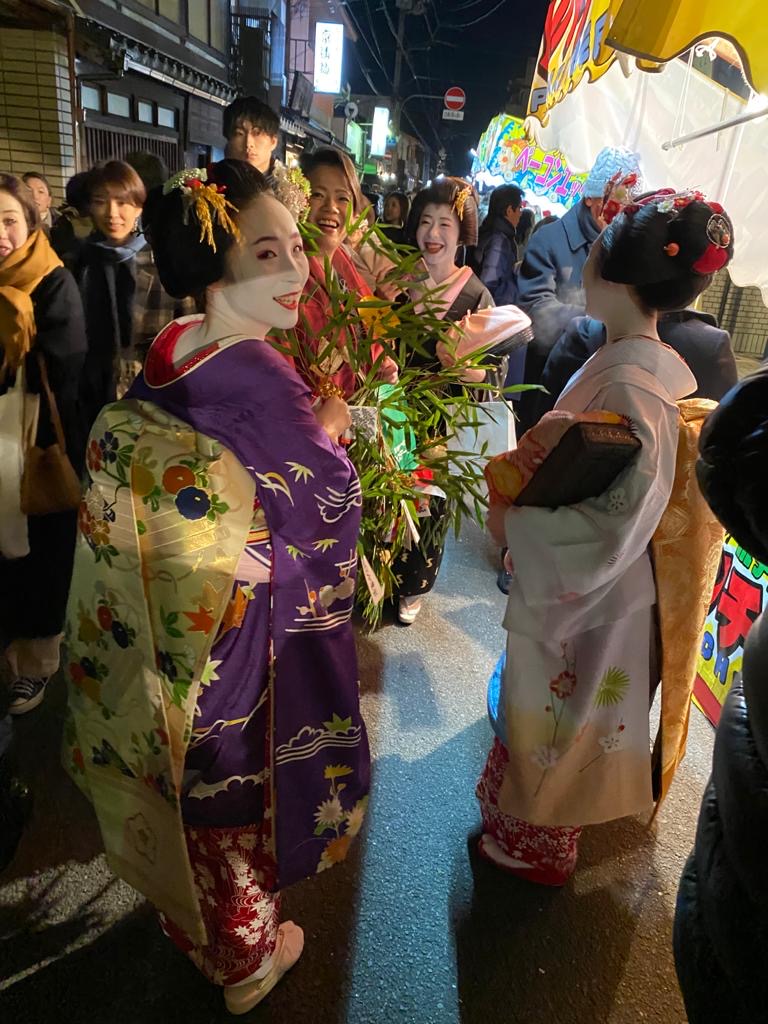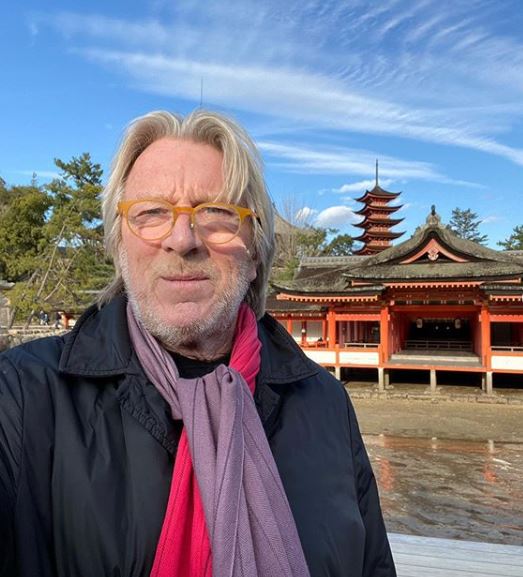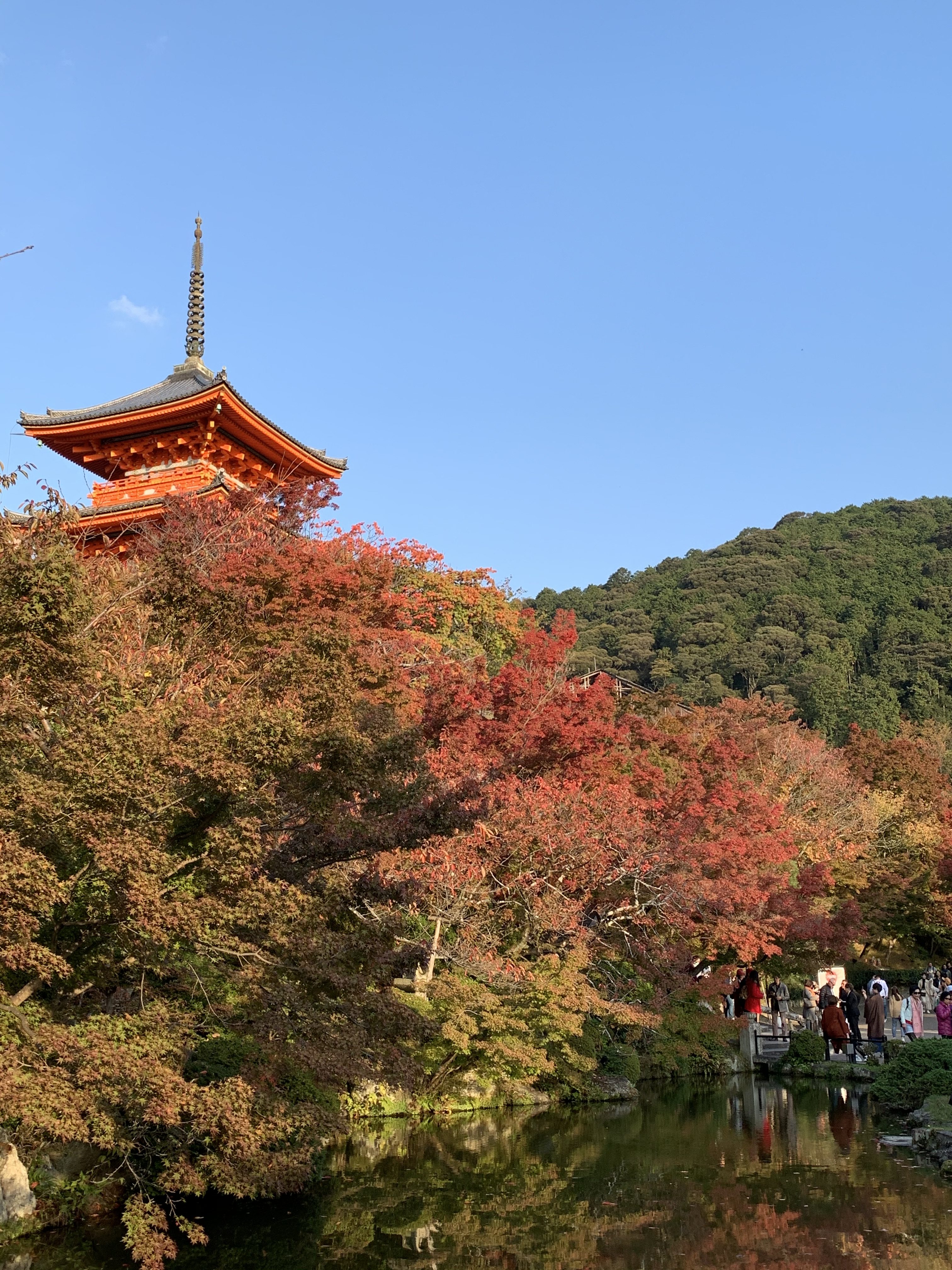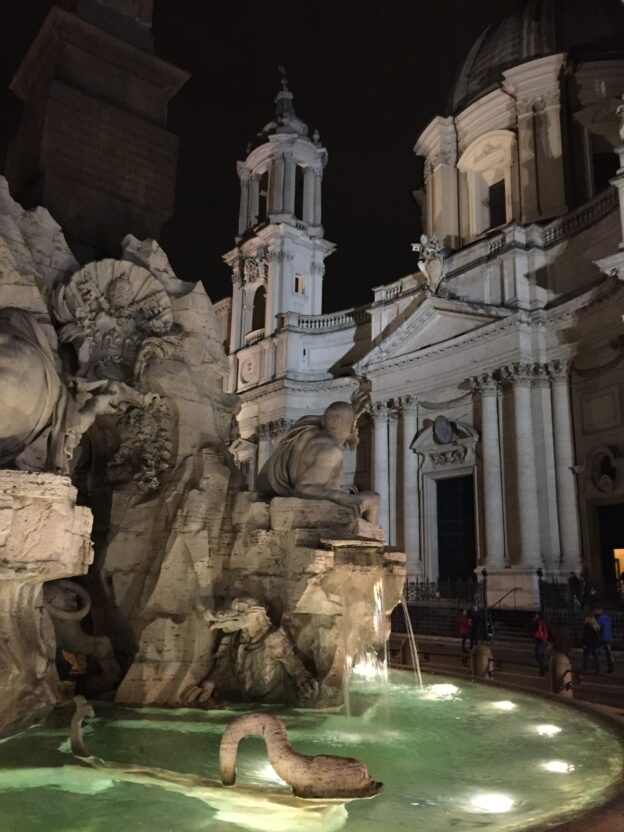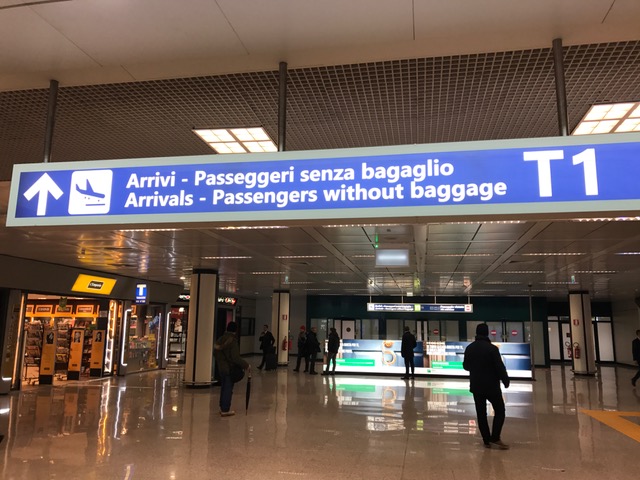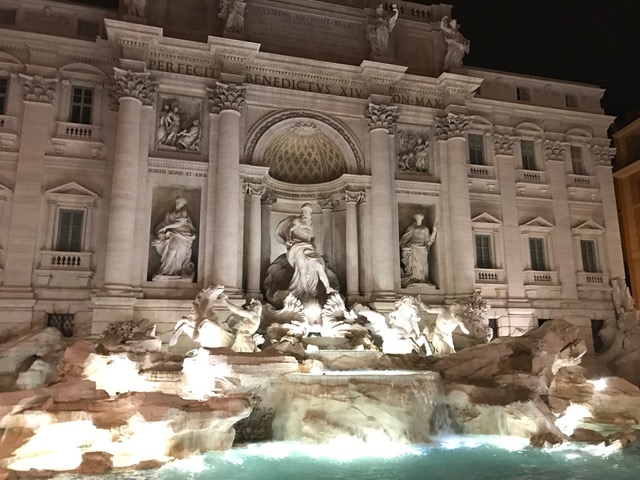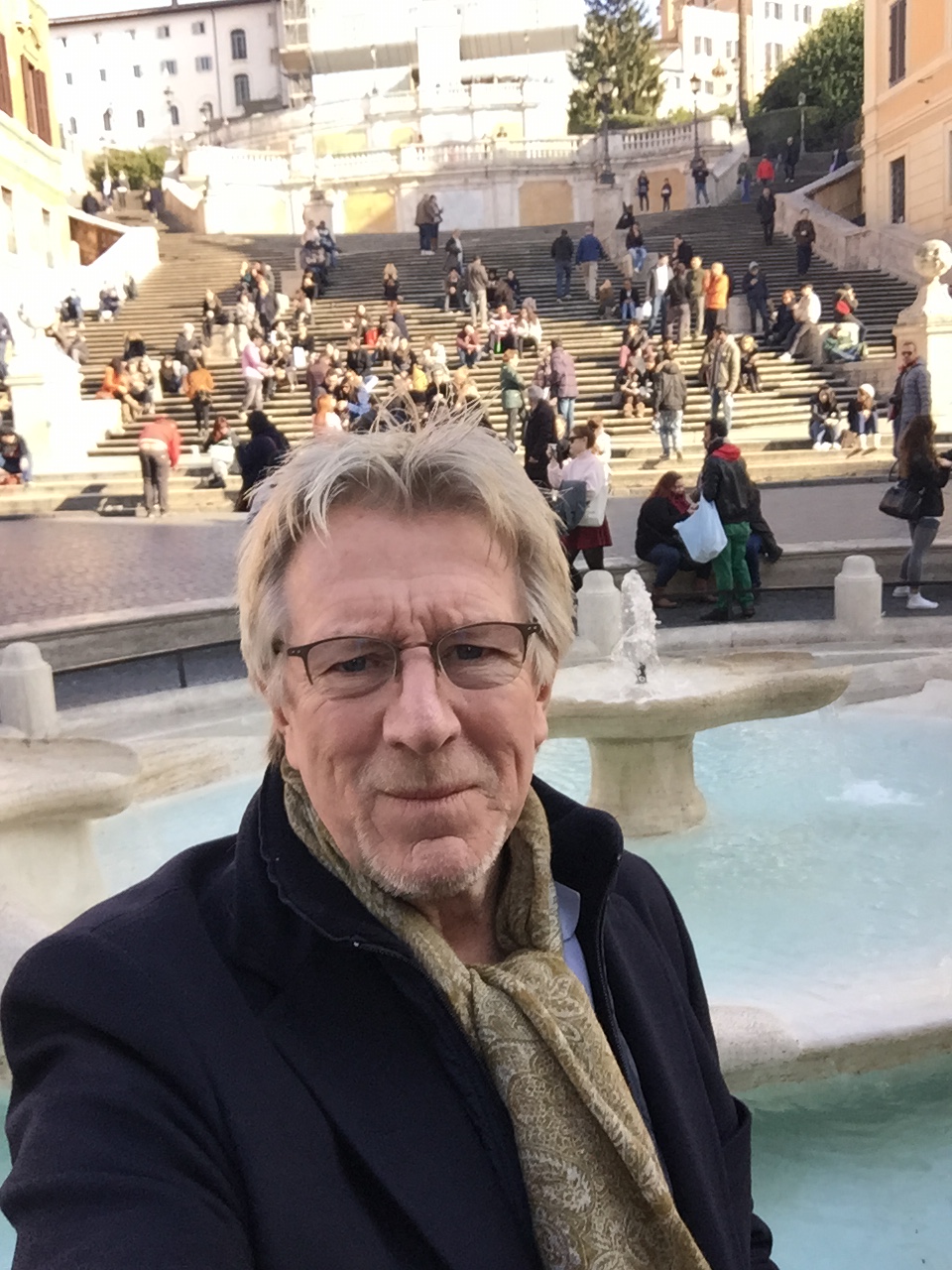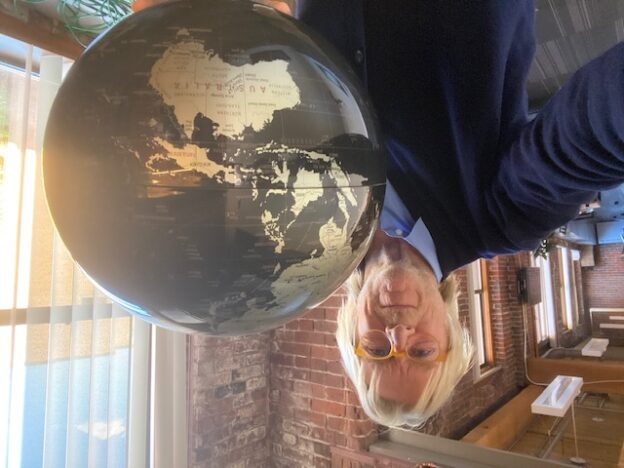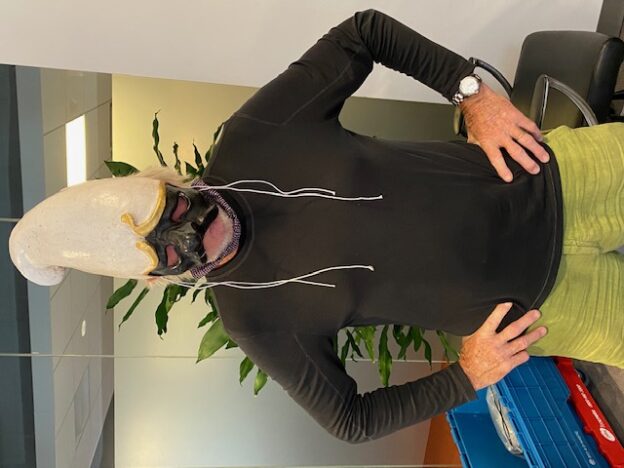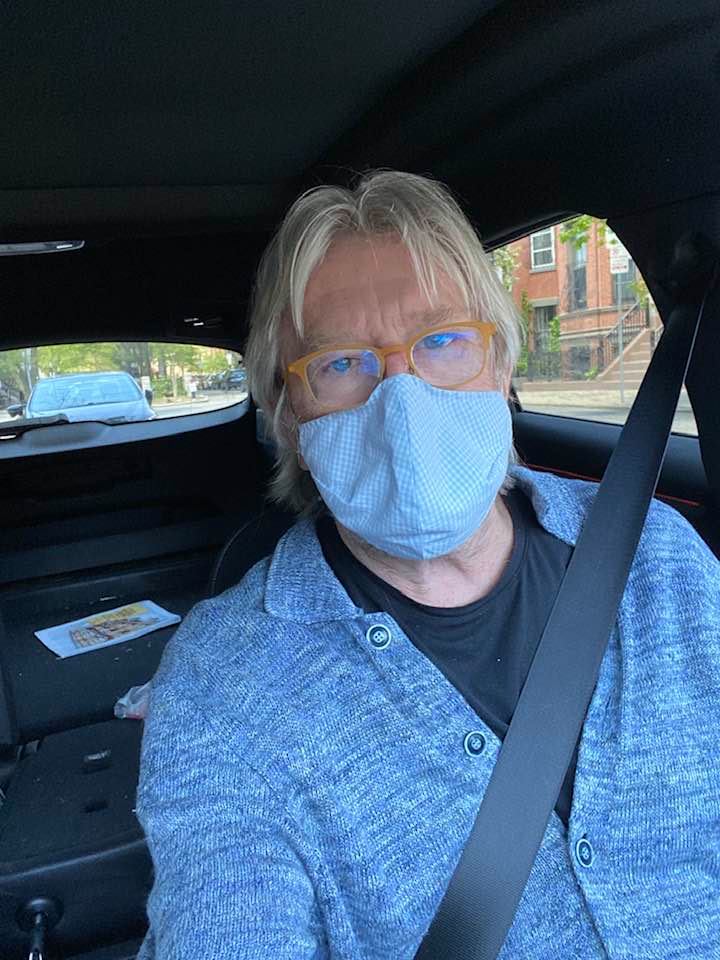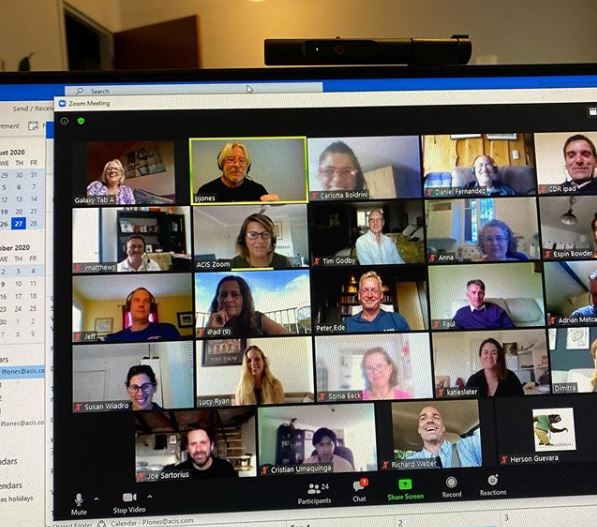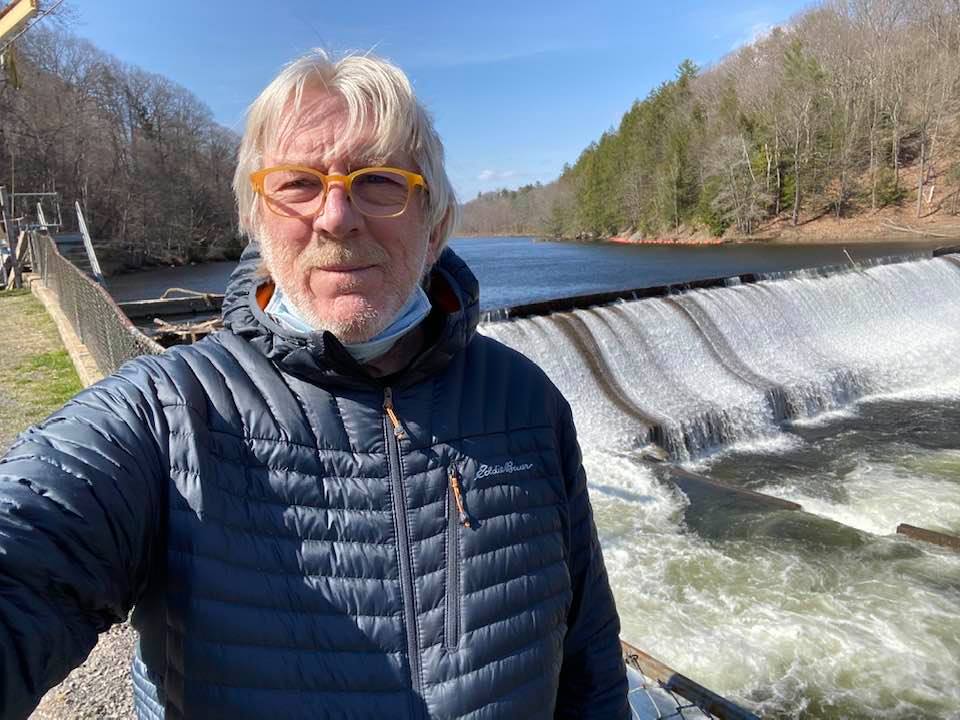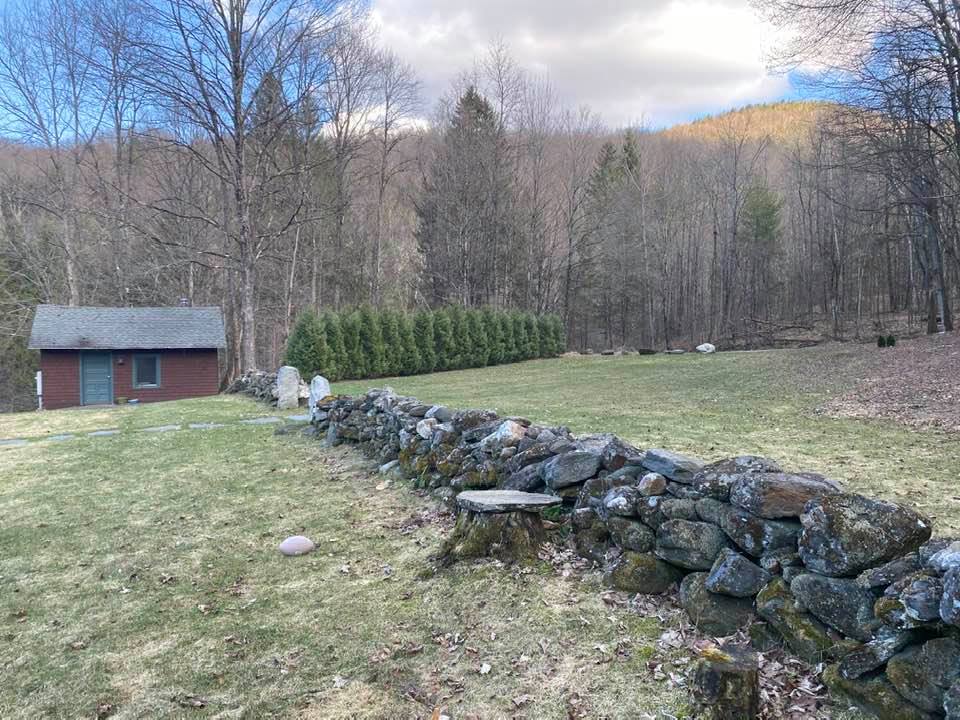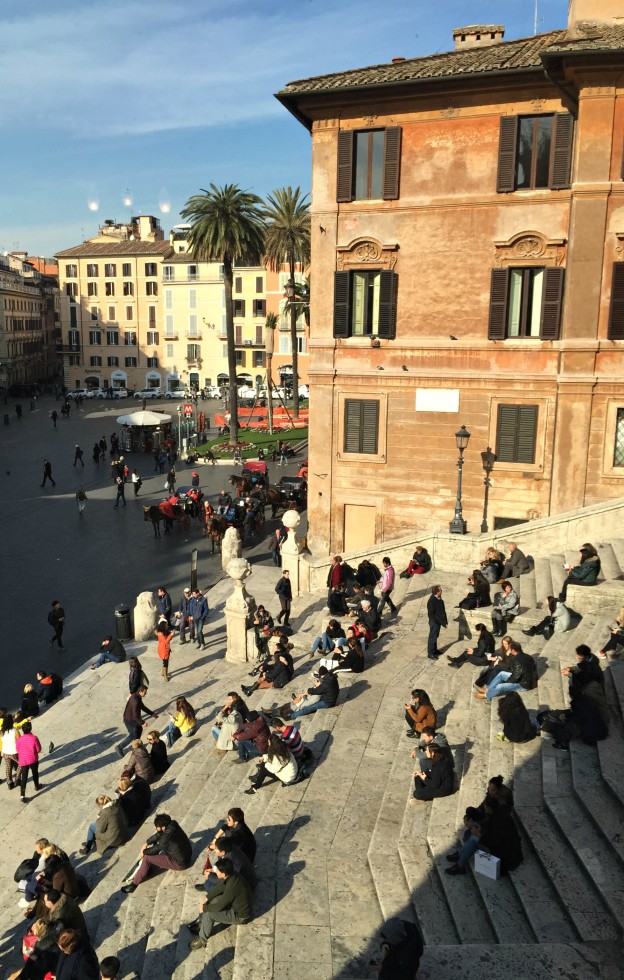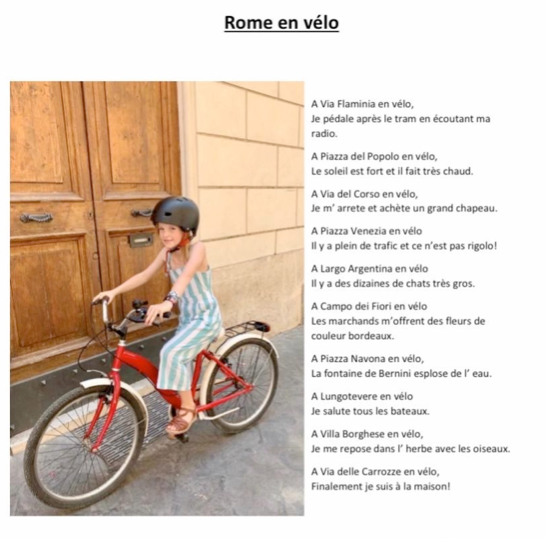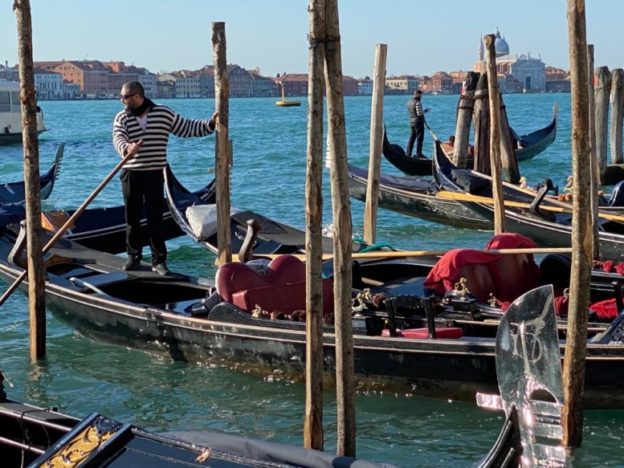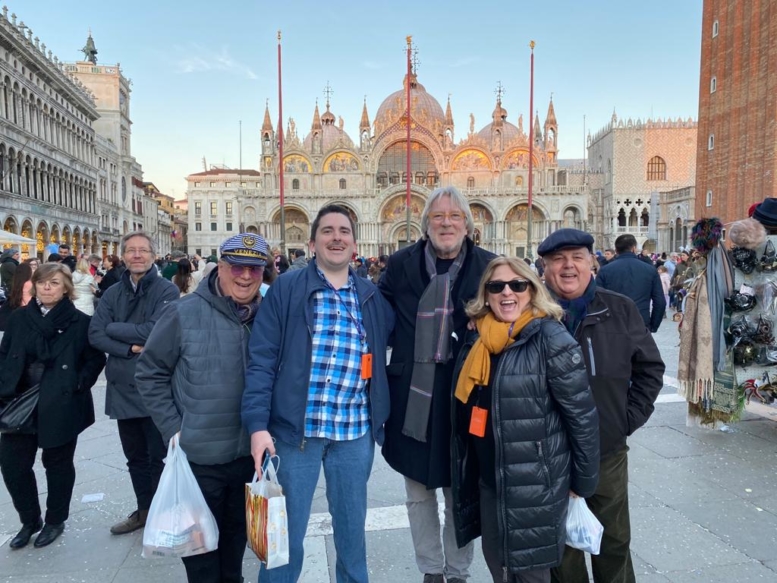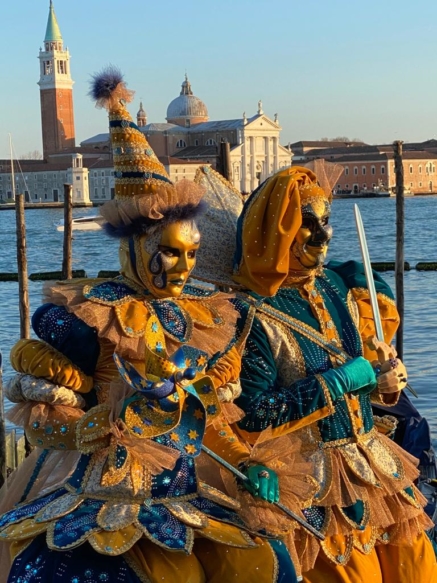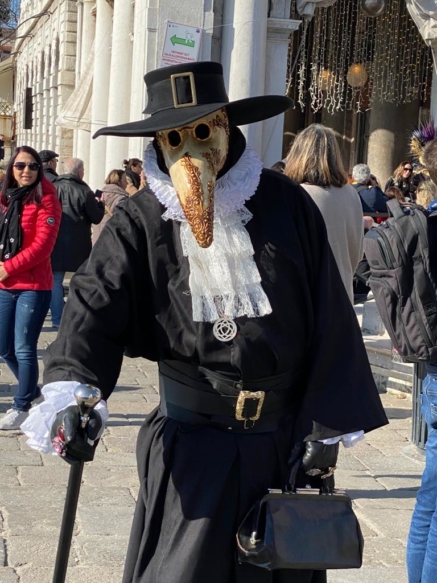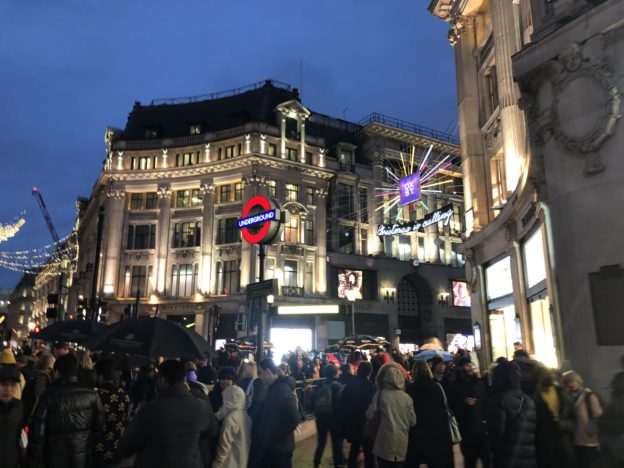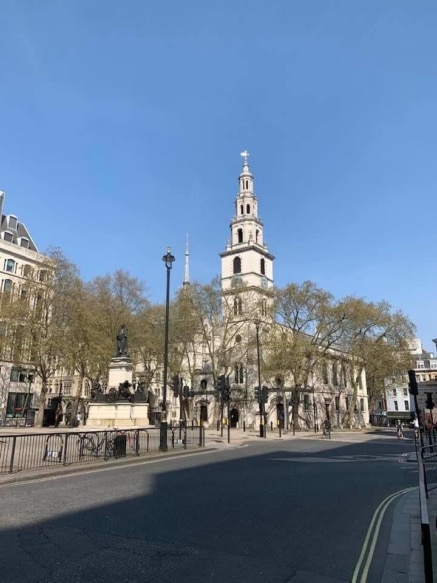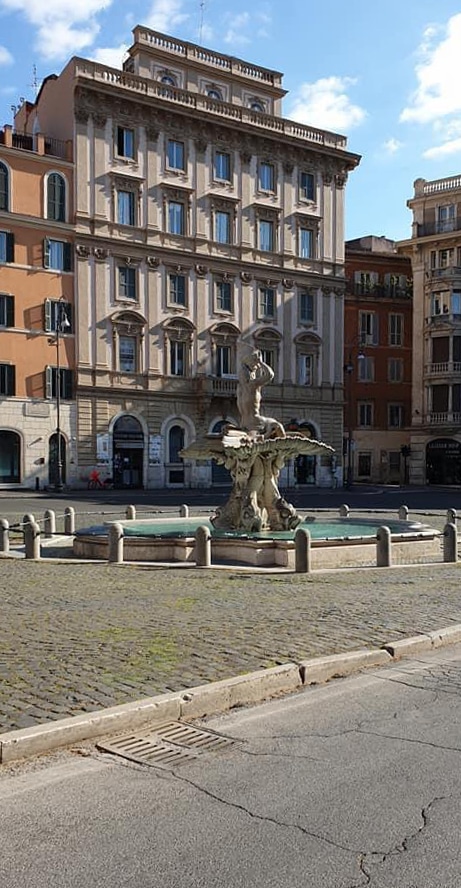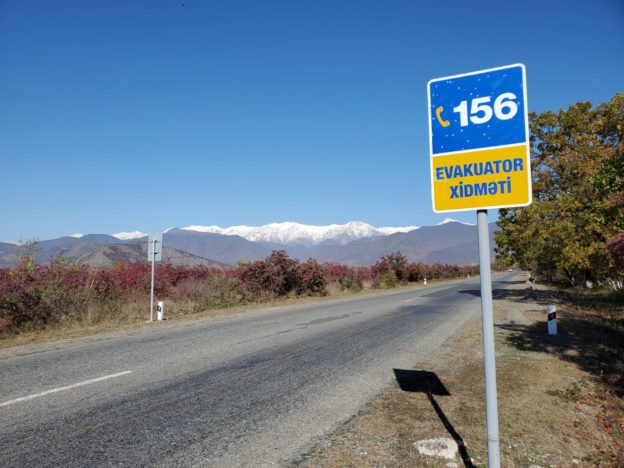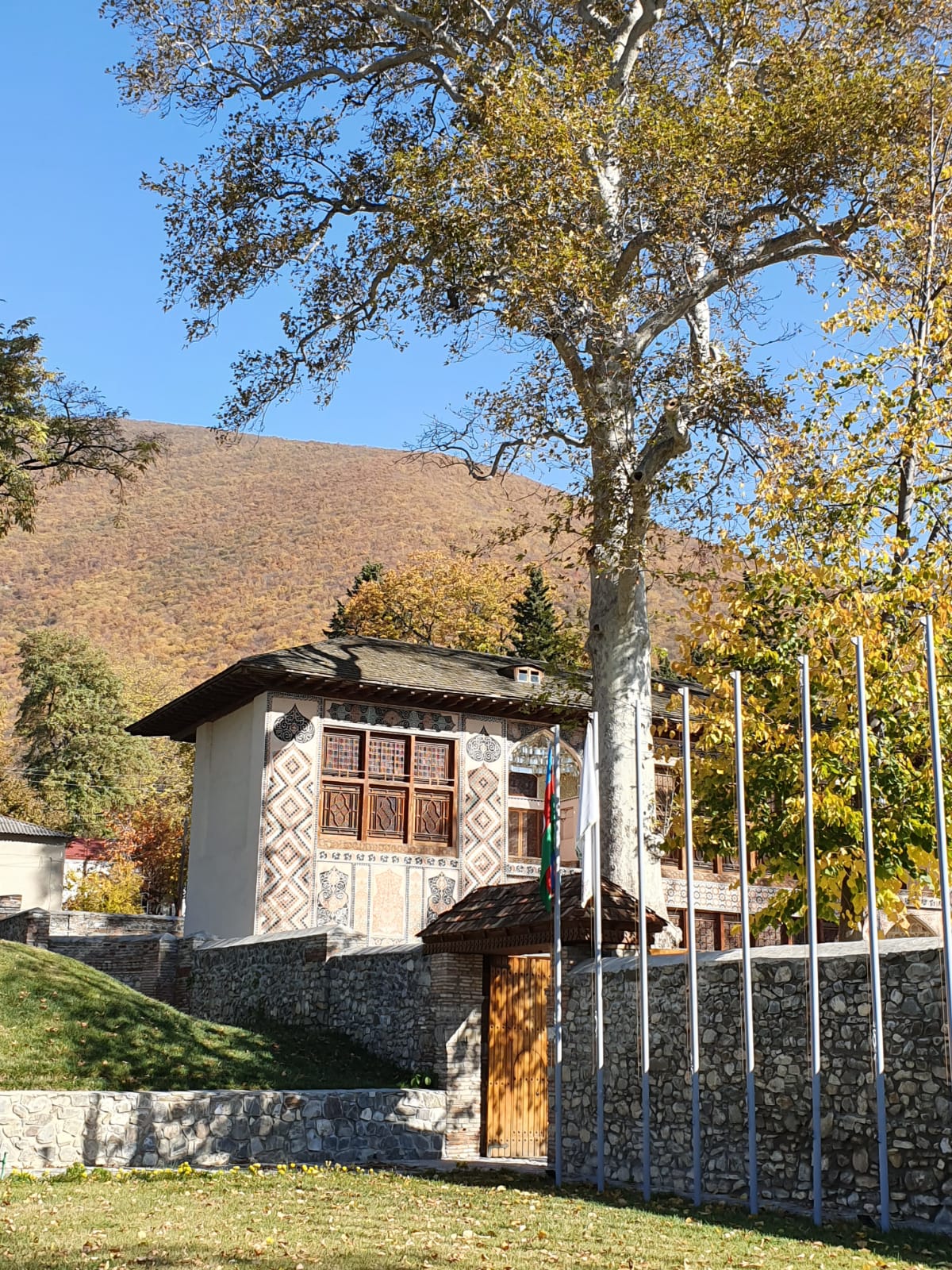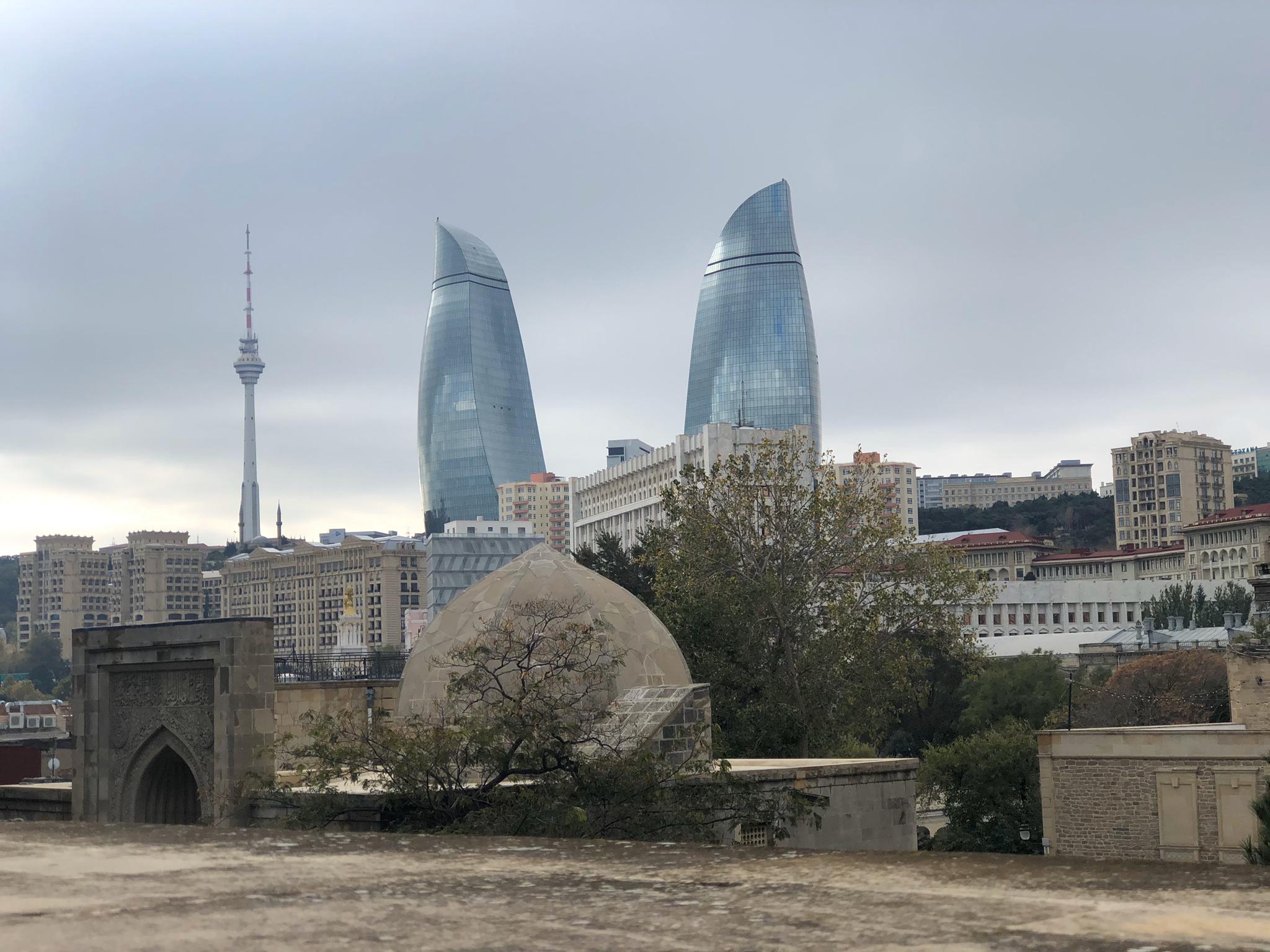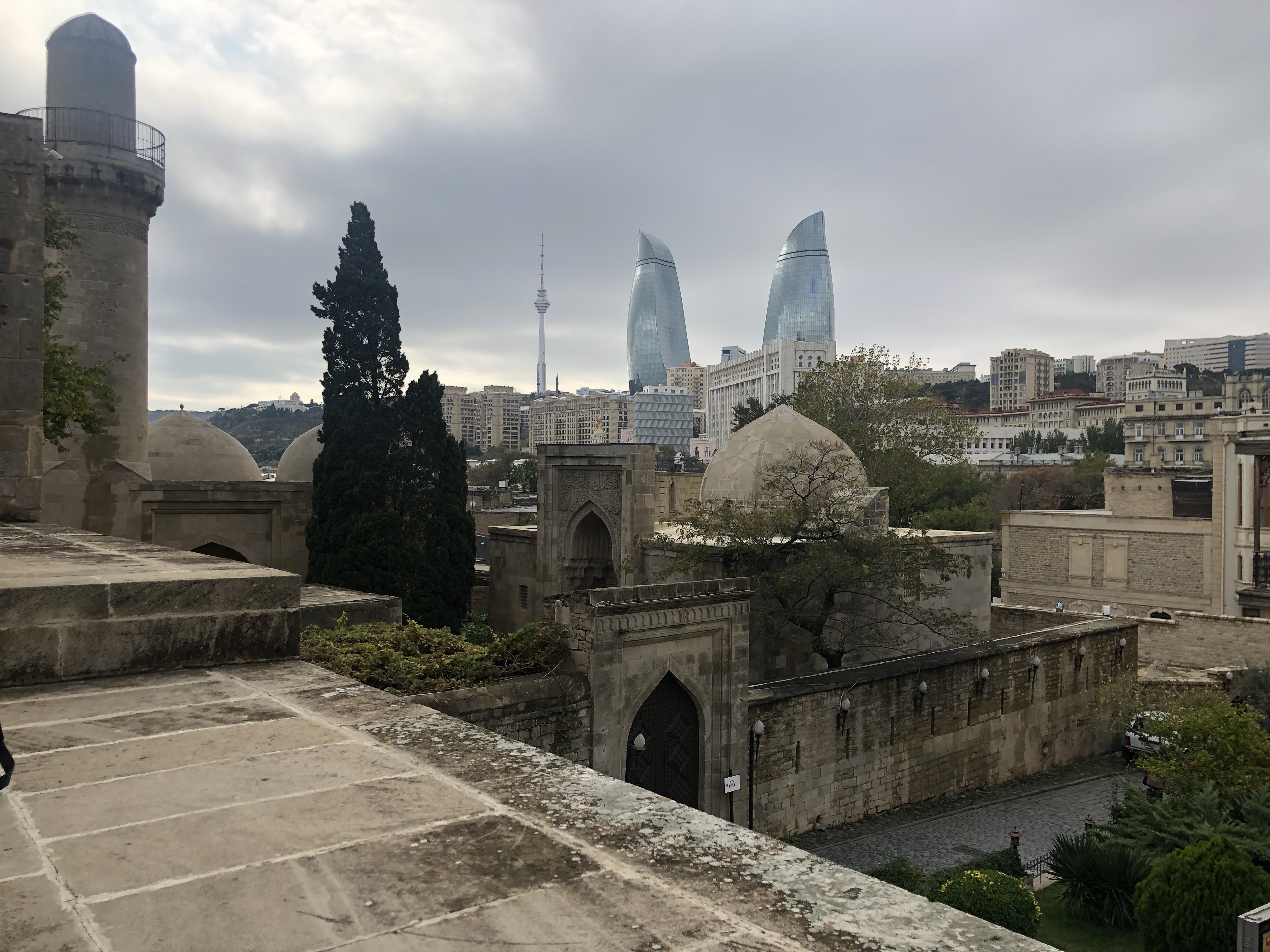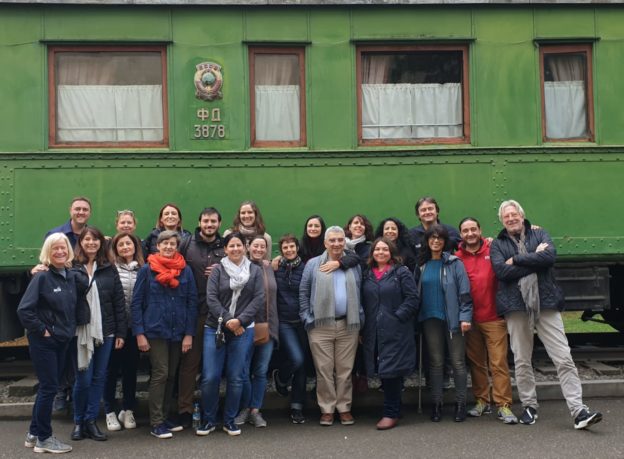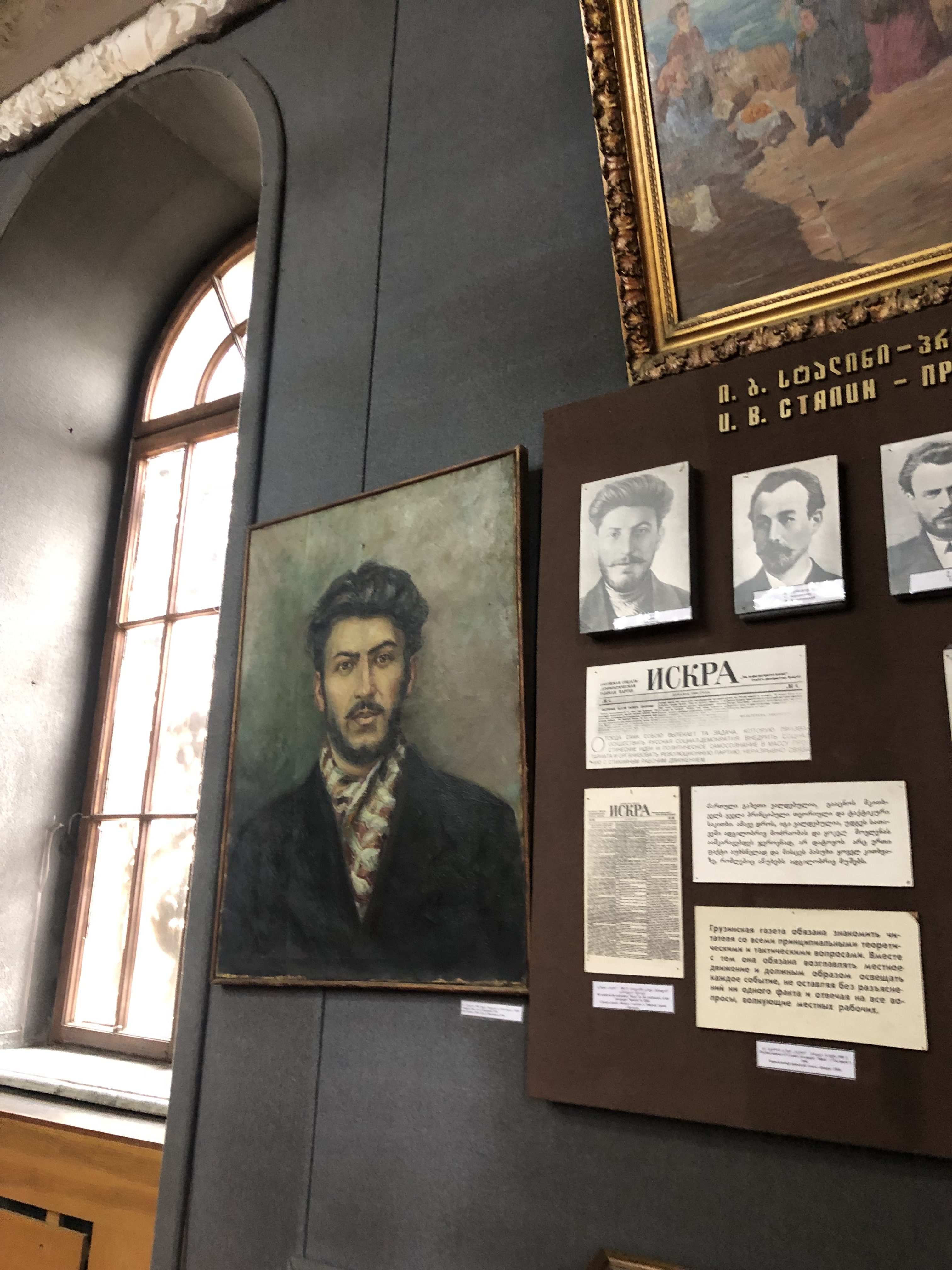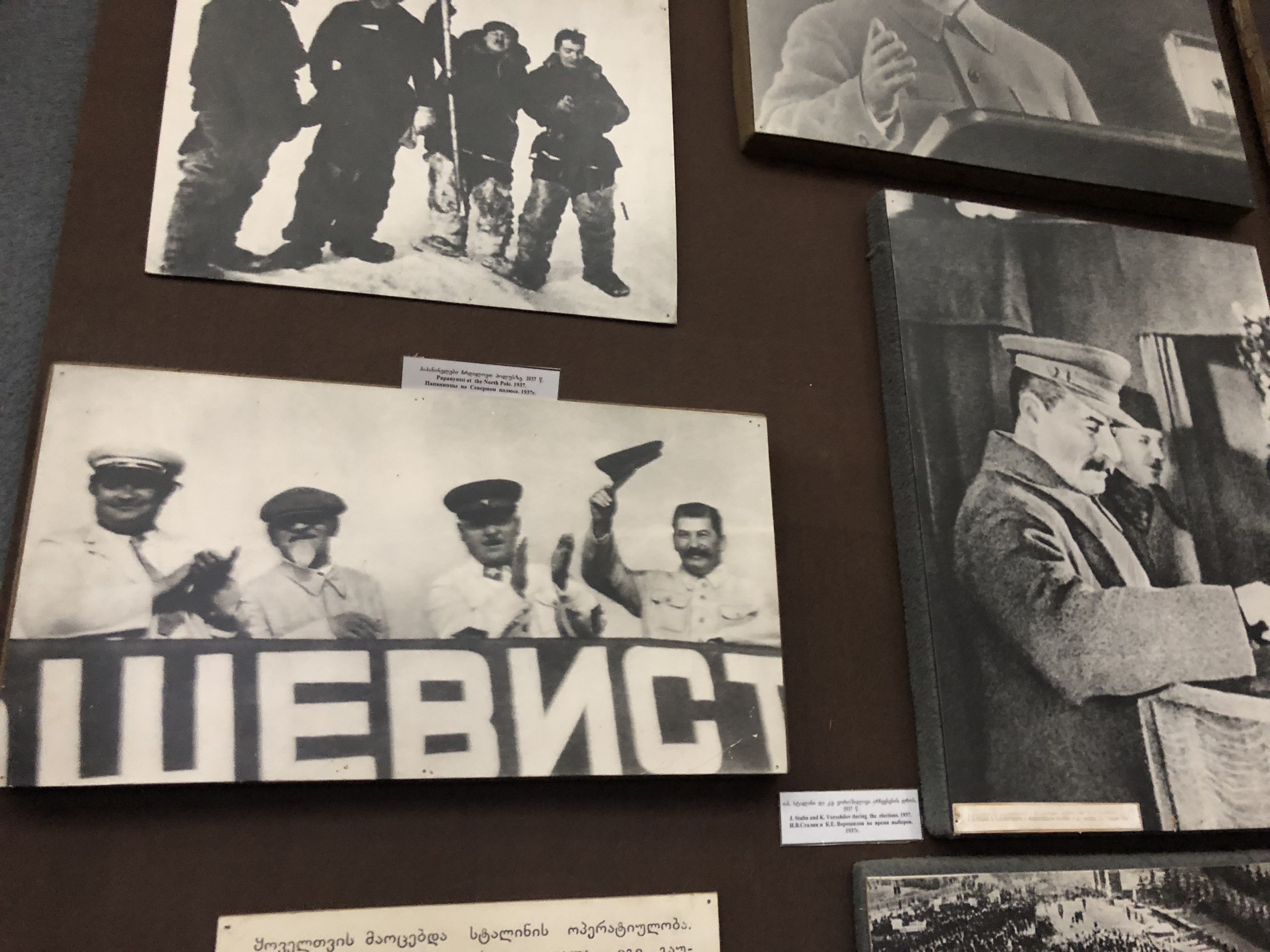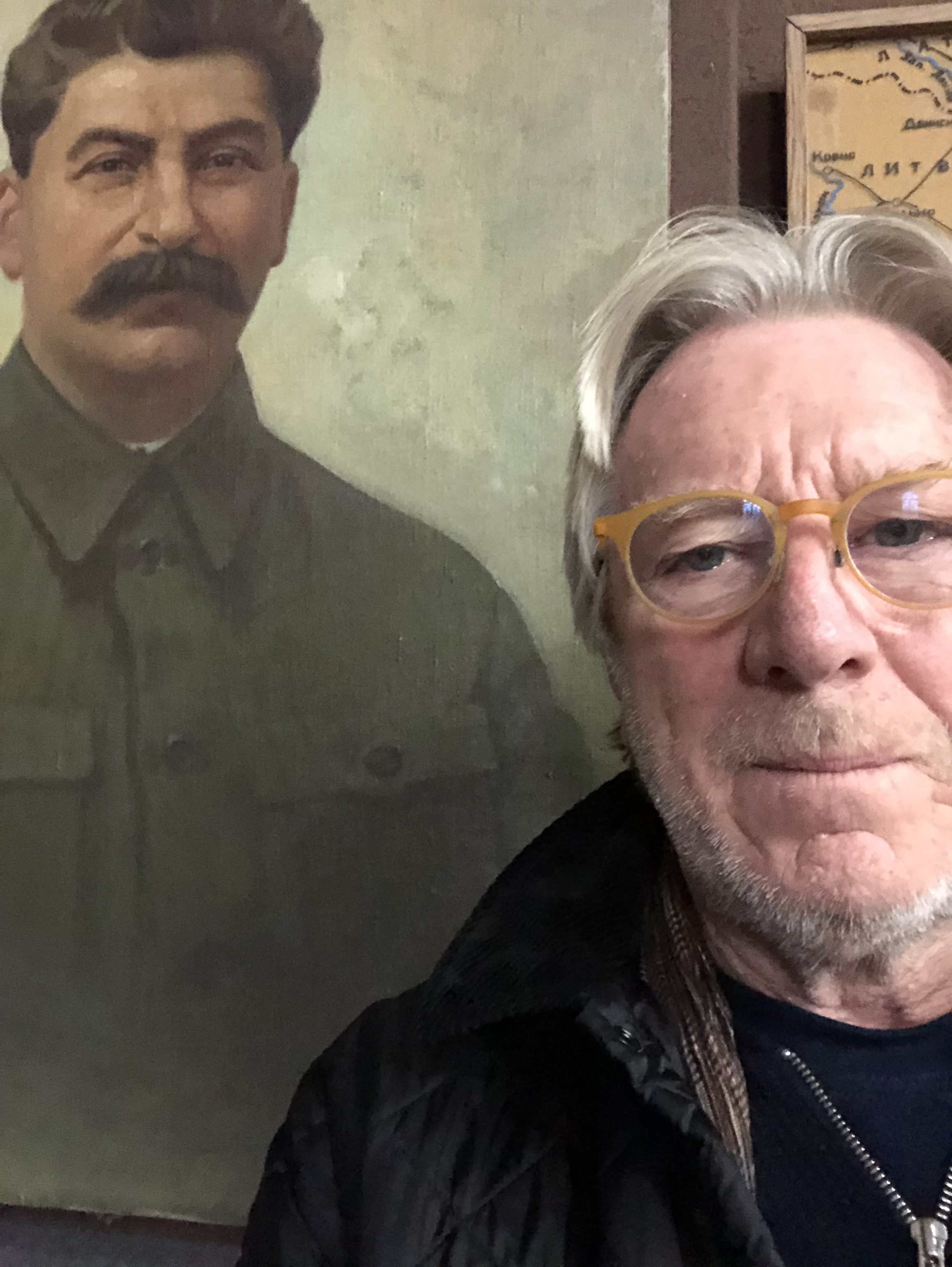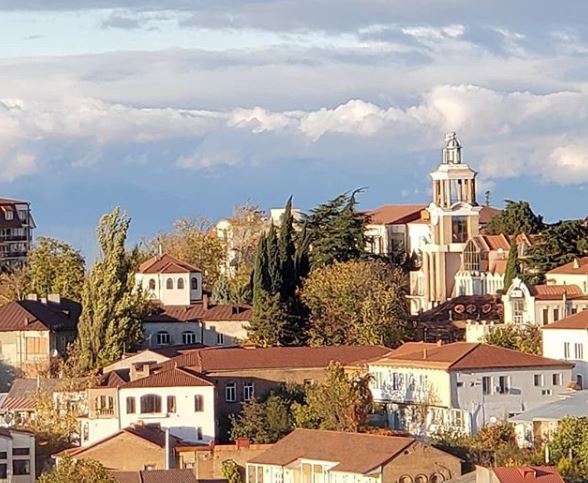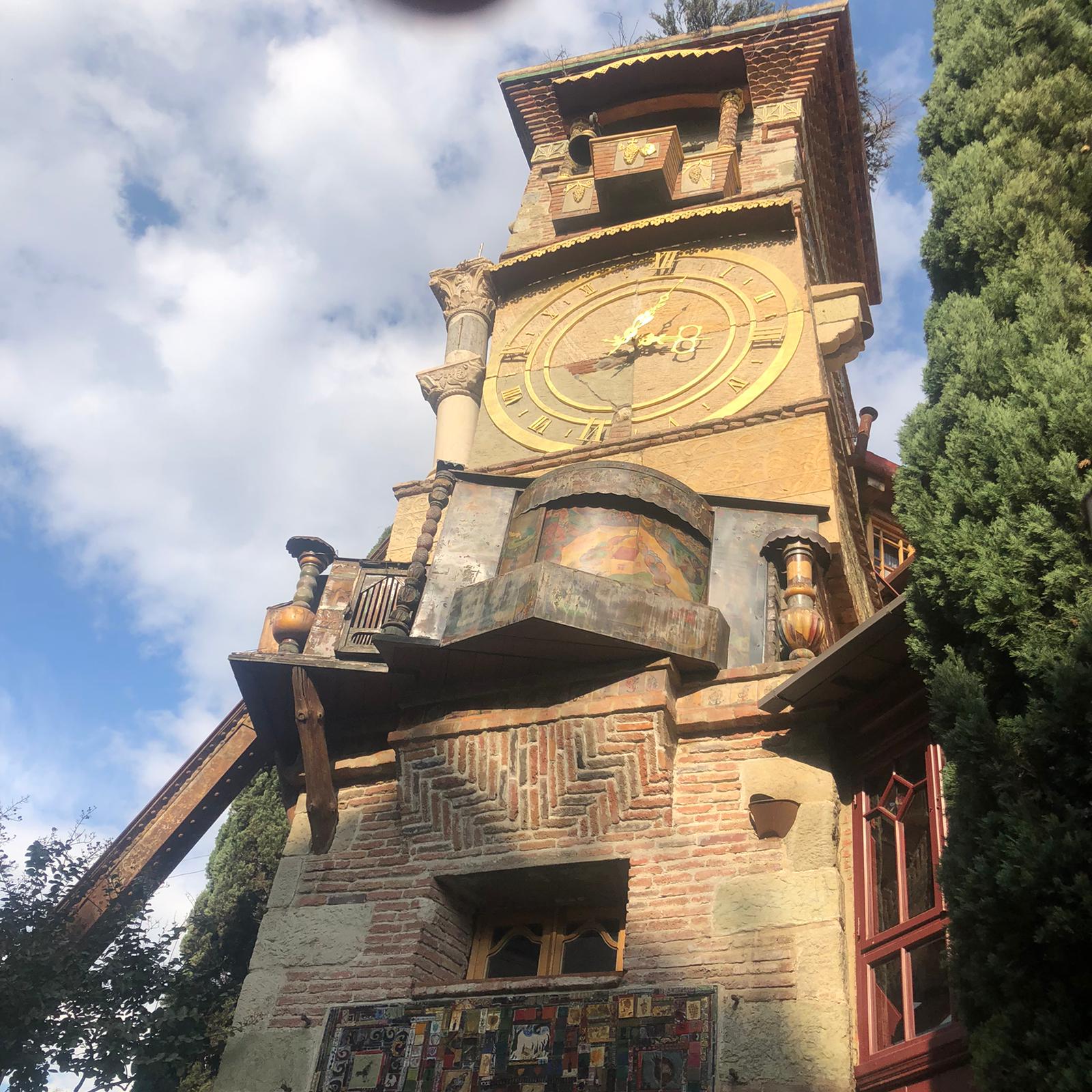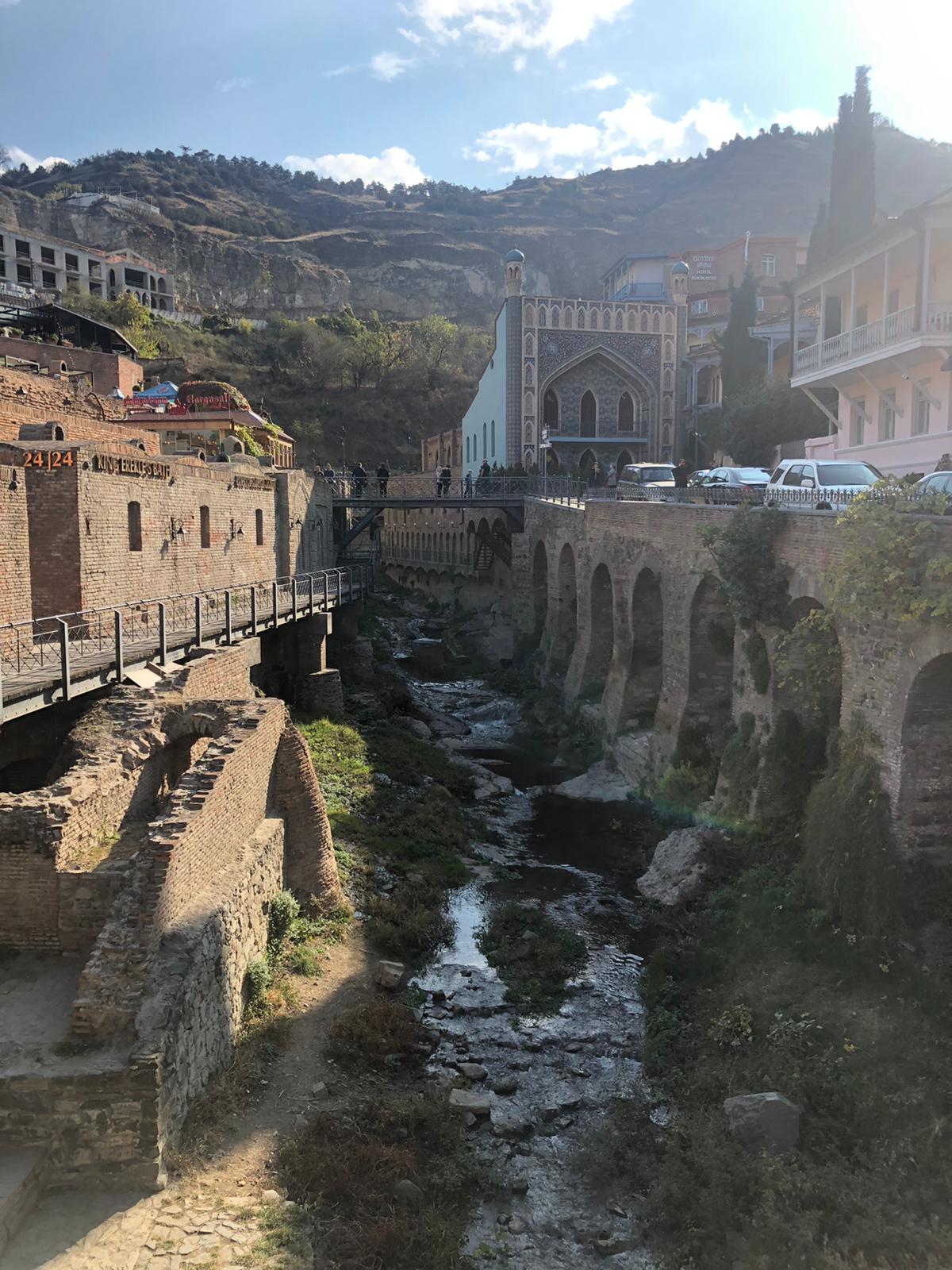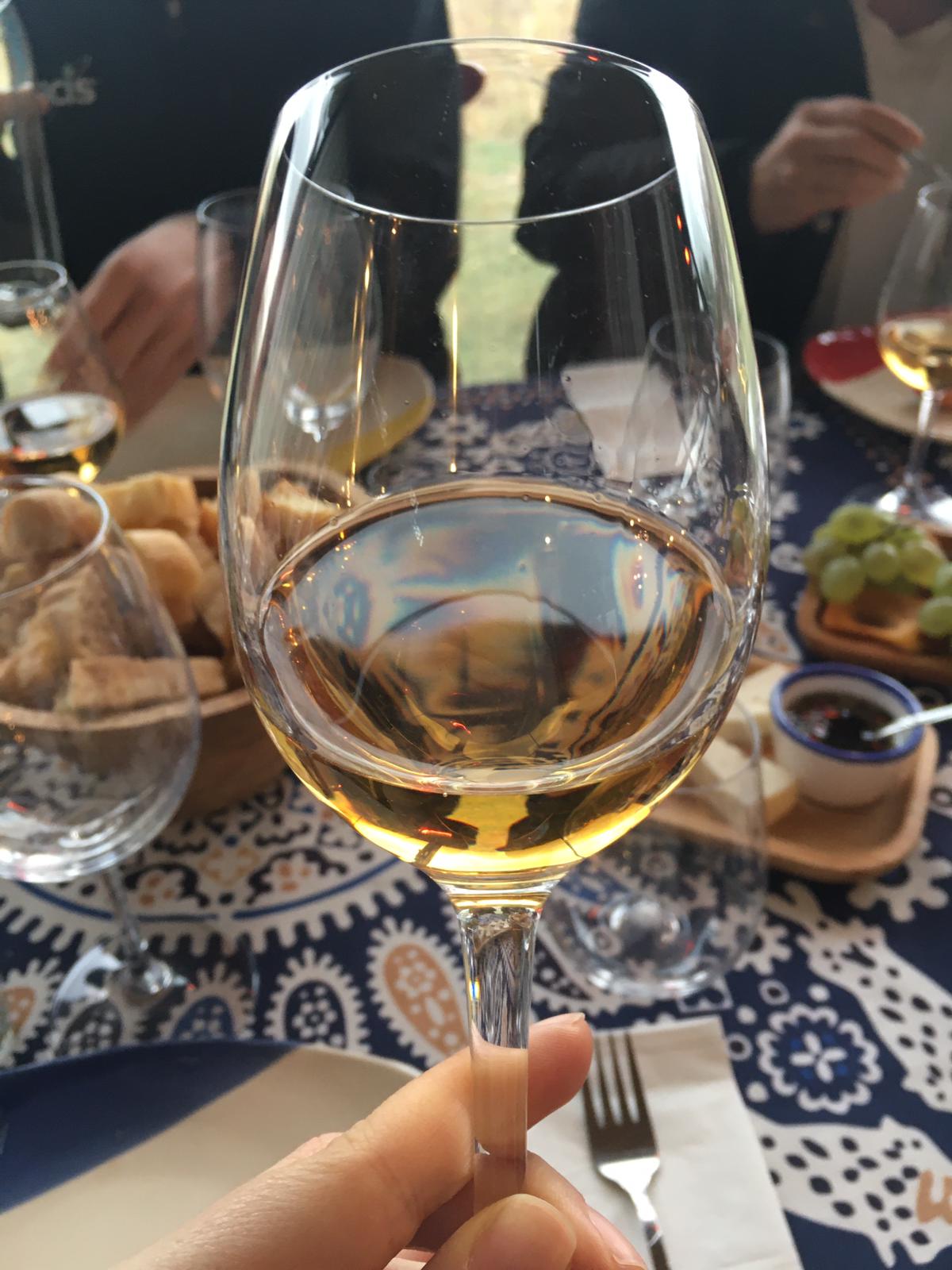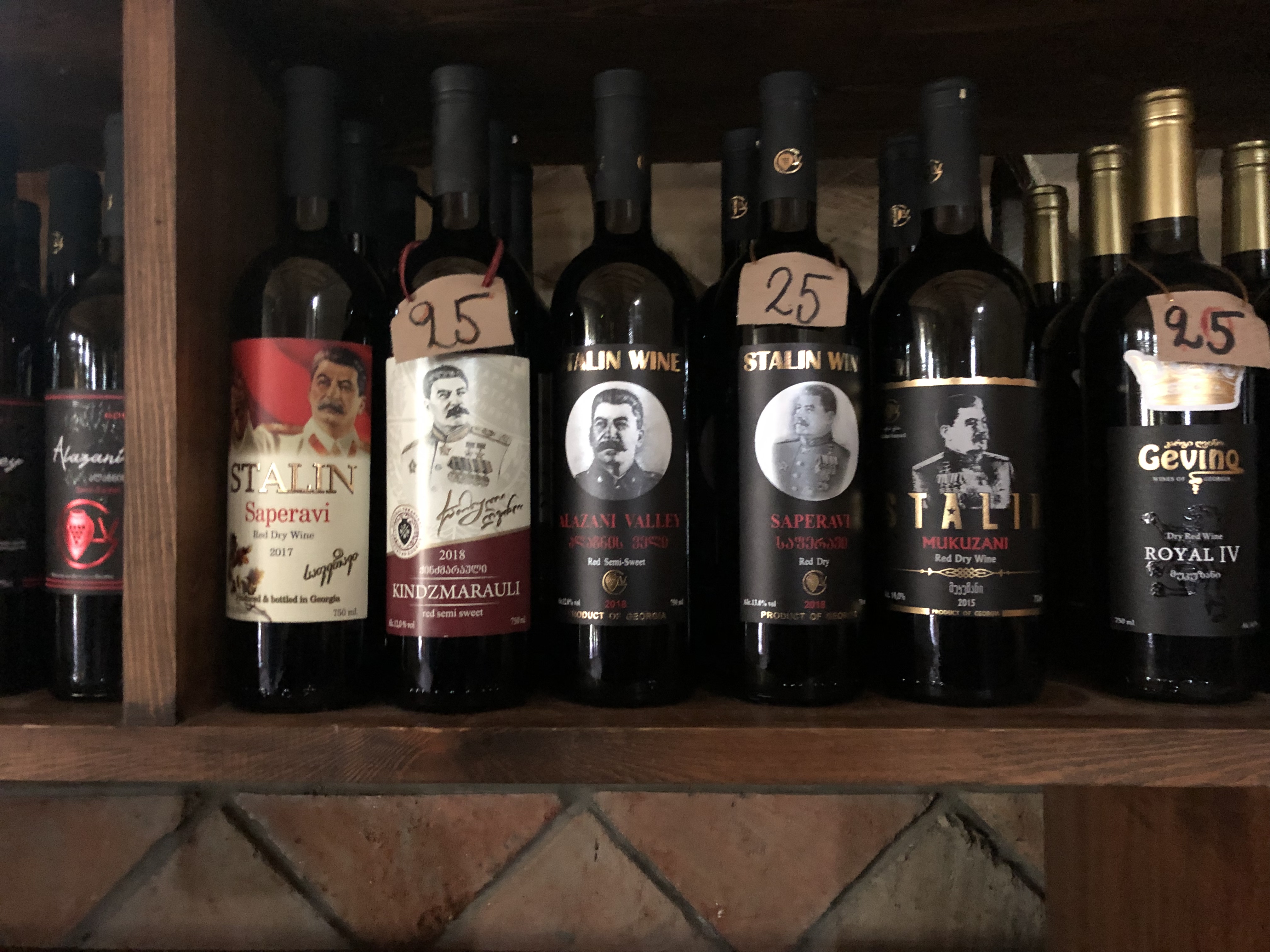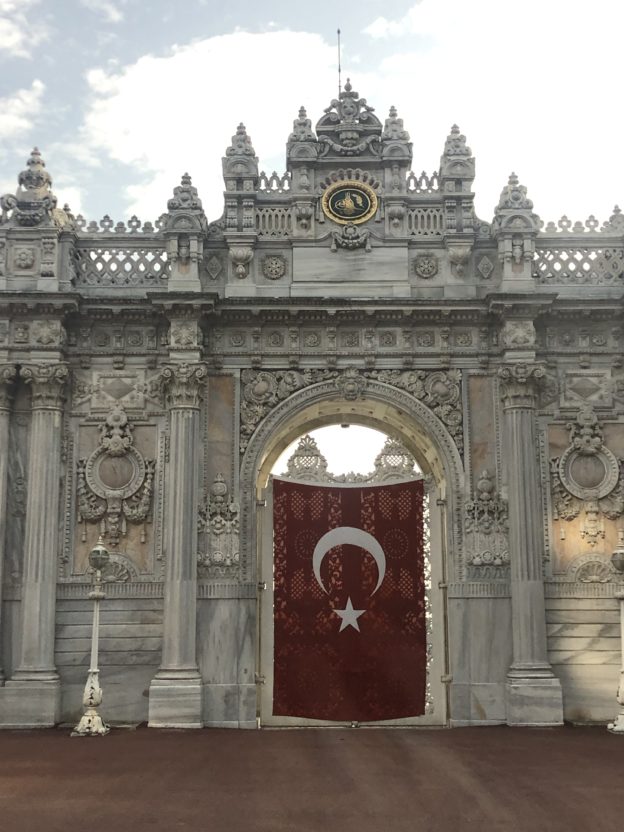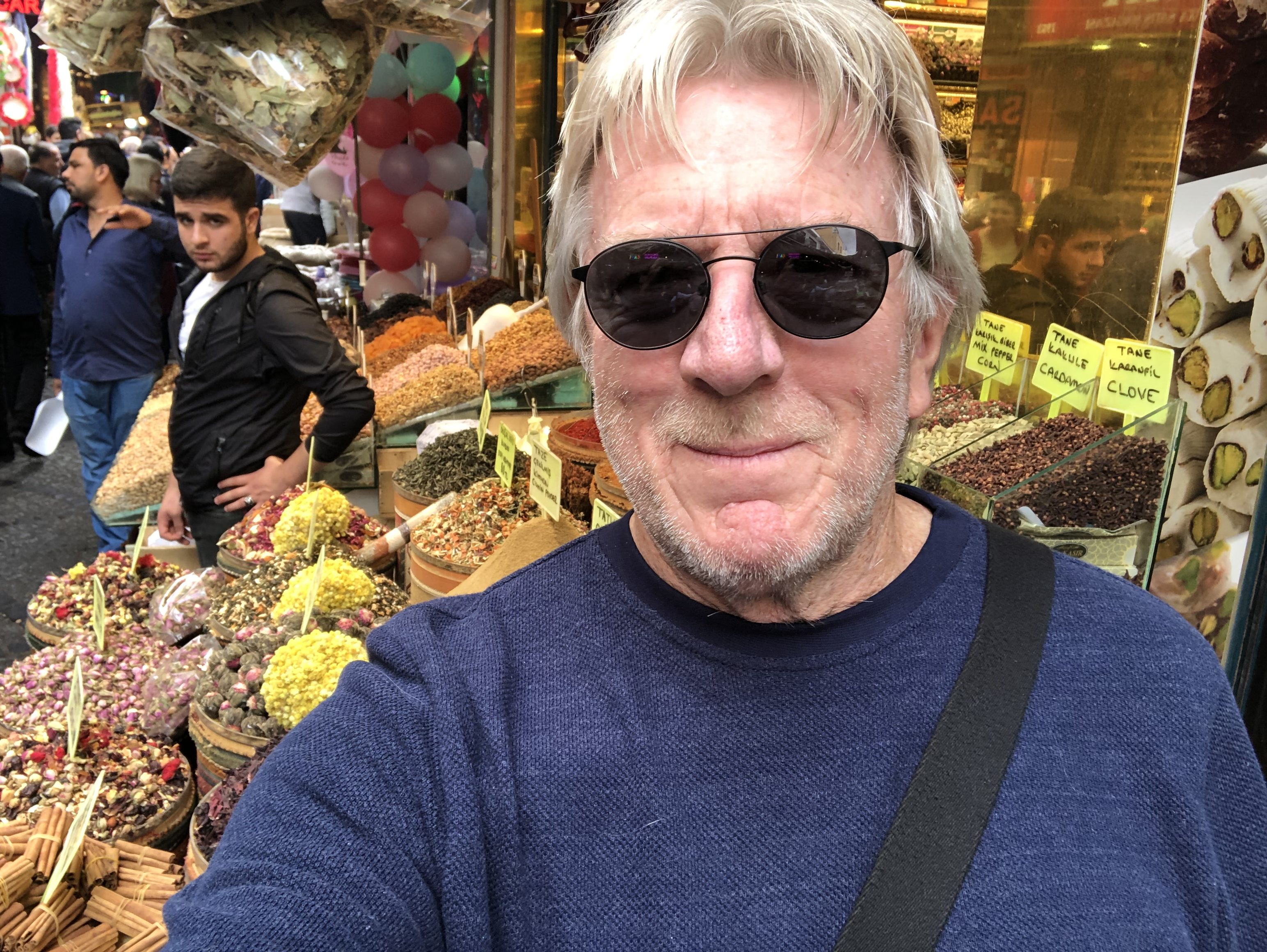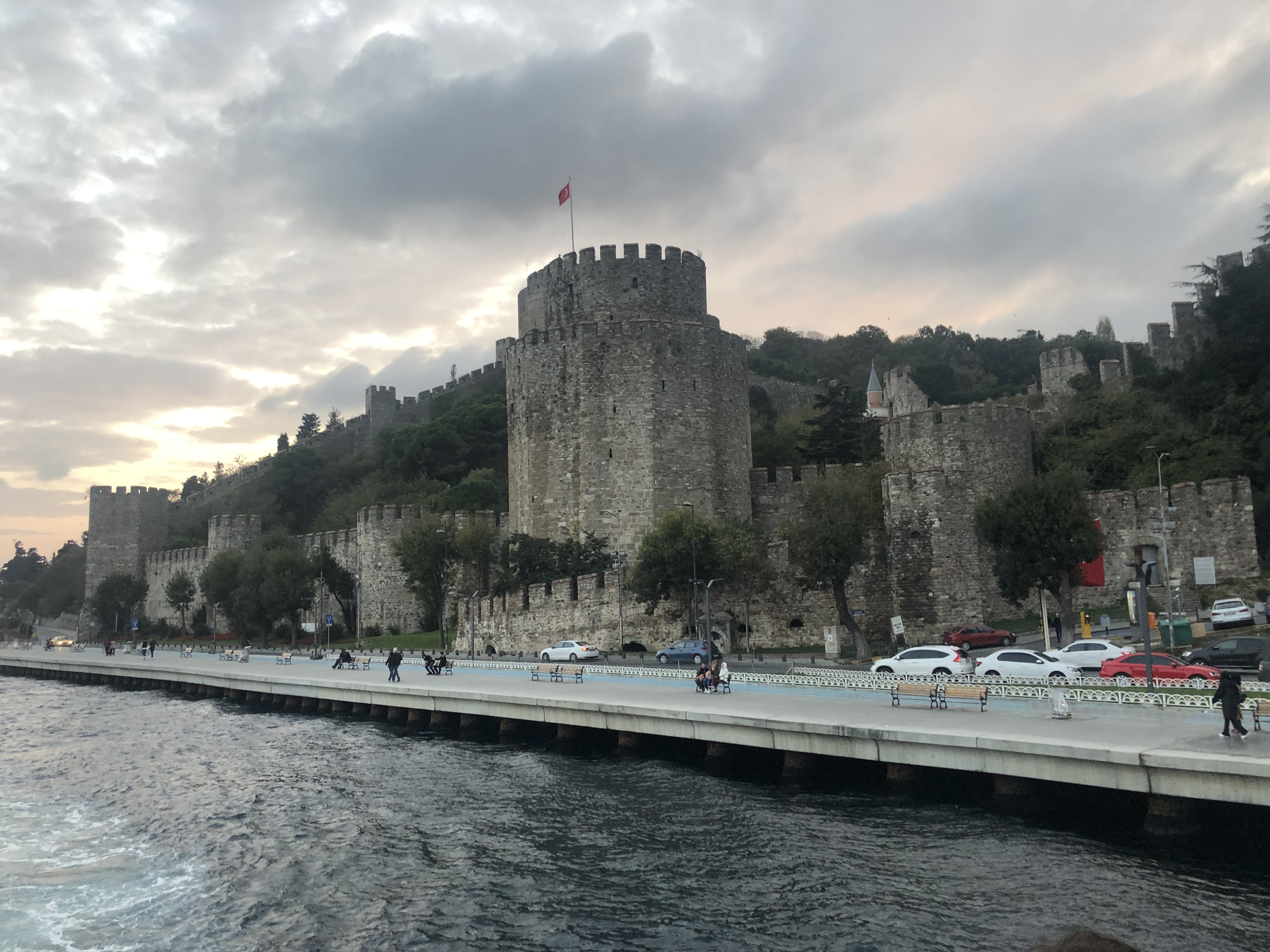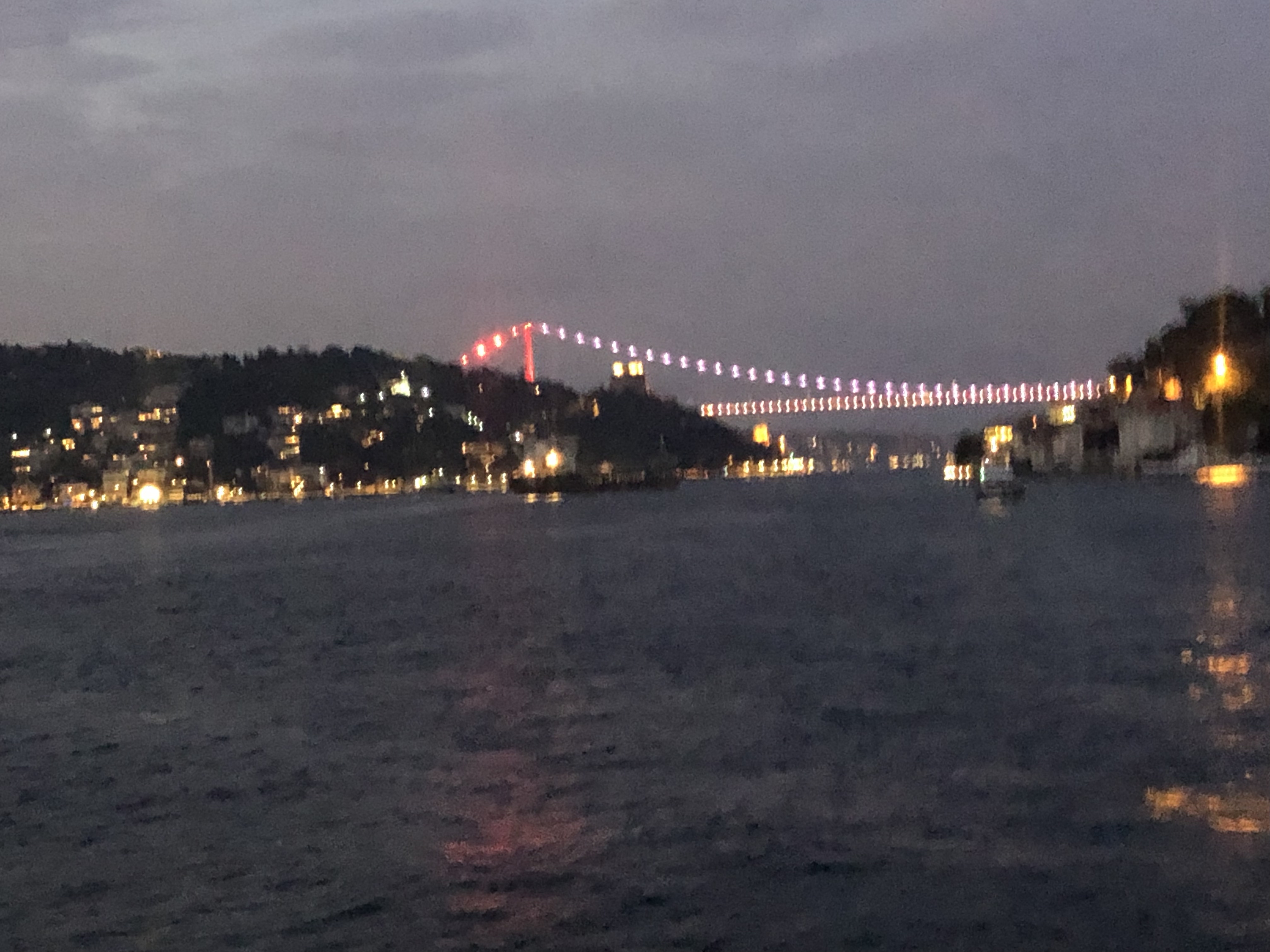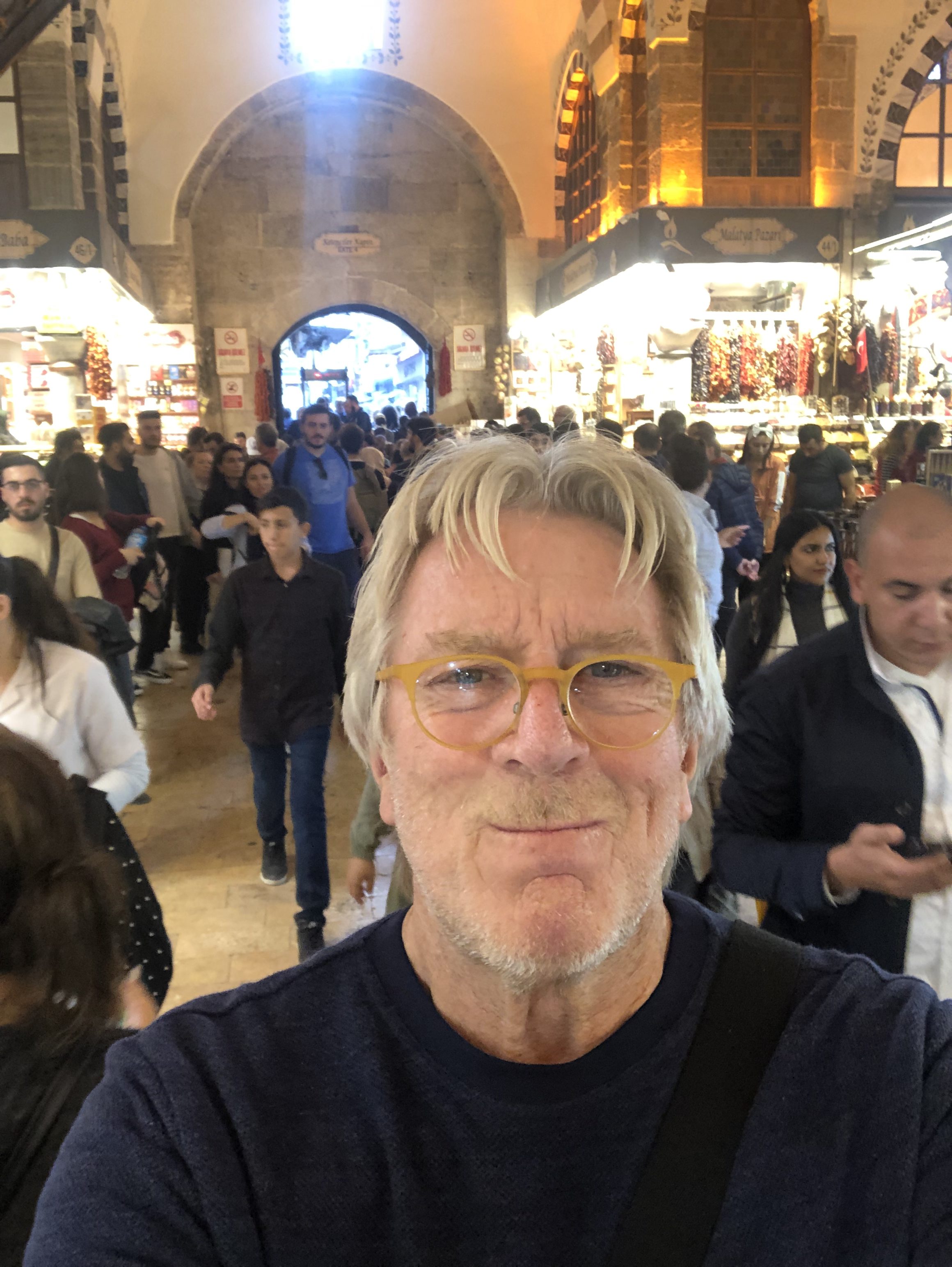I love Washington DC. Our son, Rory, lives downtown in Adams Morgan. It is such a beautiful city with its sweeping malls and the Potomac River providing a break between DC and the Arlington National Cemetery. It’s a city of iconic architectural wonder. There are so many points of reference. Powerful monuments to Lincoln, Jefferson, and to our first president, George Washington. Memorials that solemnly capture the tragedy and sacrifice of war. And of course, the towering memorial to Martin Luther King Jr. that adds another vital piece to the jigsaw puzzle we call America.
All of these pieces work better when they are interlocking. And sometimes it’s complicated to make a jigsaw puzzle fit. Sometimes there’s a piece missing, sometimes it’s just too hard and we cannot figure it out. It is both strange and beautiful to imagine that one of the first things kids learn as part of their cognitive learning is to do jigsaw puzzles. It’s a skill that they develop fast, almost without thinking. It’s something that we often forget as we get older. The Spanish say rompecabezas…breaking of heads, a brainteaser! All of the pieces that are scattered around Washington DC are part of a jigsaw puzzle – the Holocaust Museum, the memorials, the Smithsonian, the Capitol, and the White House. All of these pieces work well when they interlock. Some of them sit uncomfortably with history but they work well together. Think of Washington, think of Jefferson, think of Lincoln, think of Martin Luther King Jr. It can be a rompecabezas to imagine how they can interlock but our democracy hangs on all of the pieces fitting together.
On this day, when we all celebrate as a nation the contributions that Martin Luther King Jr. made, we should also pause and reflect.
This time of the year we would normally be getting ready for our annual MLK Global Teacher Conferences. Lots of travel to book and monitor. There are flights, hotels, receptions, sightseeing’s, and usually a special event to somewhere that we have never been to. For the staff and group leaders who travel over this weekend, it’s a way for all of us to connect and feel the partnerships and the teamwork that drives our mission of Travel Changes Lives. From our Tour Managers, to teachers, to staff, it’s a great highlight of the year. Last year, I traveled to Barcelona to meet up with a group of new teachers who were about to travel with ACIS. Then I flew to Belgium to meet with some of our other wonderful teachers and had dinner in a beautiful old church in the stunning and picturesque city of Bruges. A fairytale town of canals, winding streets, horse and buggies, ancient churches, and chocolate and beer! We also spent a day with Peter Ede, our wonderful Tour Manager extraordinaire, traveling to the World War I cemeteries and battle fields not far from Bruges. We visited Ypres, where my grandfather fought, and the Menin Gate, a memorial to the missing and a reminder of the horrors of war.
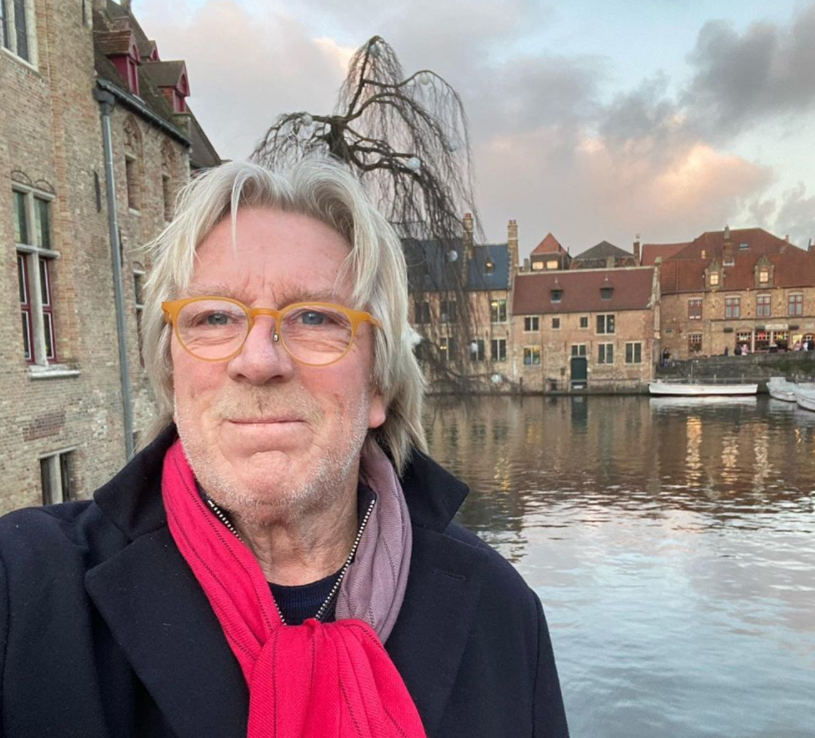
And then we encountered Covid and a tragedy unfolded. We are all reminded a little of the hustle and bustle with those MLK memories still stored from last year. Those days will return soon.
Lost sometimes inside this weekend is the fact that this is also a time to celebrate Martin Luther King Jr. All he stands for, all he accomplished, and sadly, all we have yet to accomplish. His beautiful memorial in DC, towering over the Washington landscape, reminds us never to forget. His peaceful pursuit of equality for African American people reminds us of a way – the right way. In spite of the hate and vitriol and violence, he made his extraordinary “I Have a Dream” speech. His speech is timeless. His words prophetic. “Let us not wallow in the valley of despair, I say to you today, my friends. And so even though we face the difficulties of today and tomorrow, I still have a dream. It is a dream deeply rooted in the American dream. I have a dream that one day this nation will rise up and live out the true meaning of its creed: “We hold these truths to be self-evident, that all men are created equal.””
So, last week, when an incited angry mob marched to the US Capitol building and broke inside the inner sanctum of our democracy, we had to wonder what time we were even living in. Was this a time warp? When people ridicule Black Lives Matter, we might ask ourselves, why would people question that statement? This fragile democracy still confronts its demons. Last week, the demons came out. Our fragile jigsaw puzzle needed to be put together again fast.
Below is a piece of one of my favorite songs by James Taylor, “Shed a Little Light”. It says it all.
Oh, let us turn our thoughts today
To Martin Luther King
And recognize that there are ties between us
All men and women living on the Earth
Ties of hope and love
Sister and brotherhood
…
We are bound together by the task
That stands before us
And the road that lies ahead

